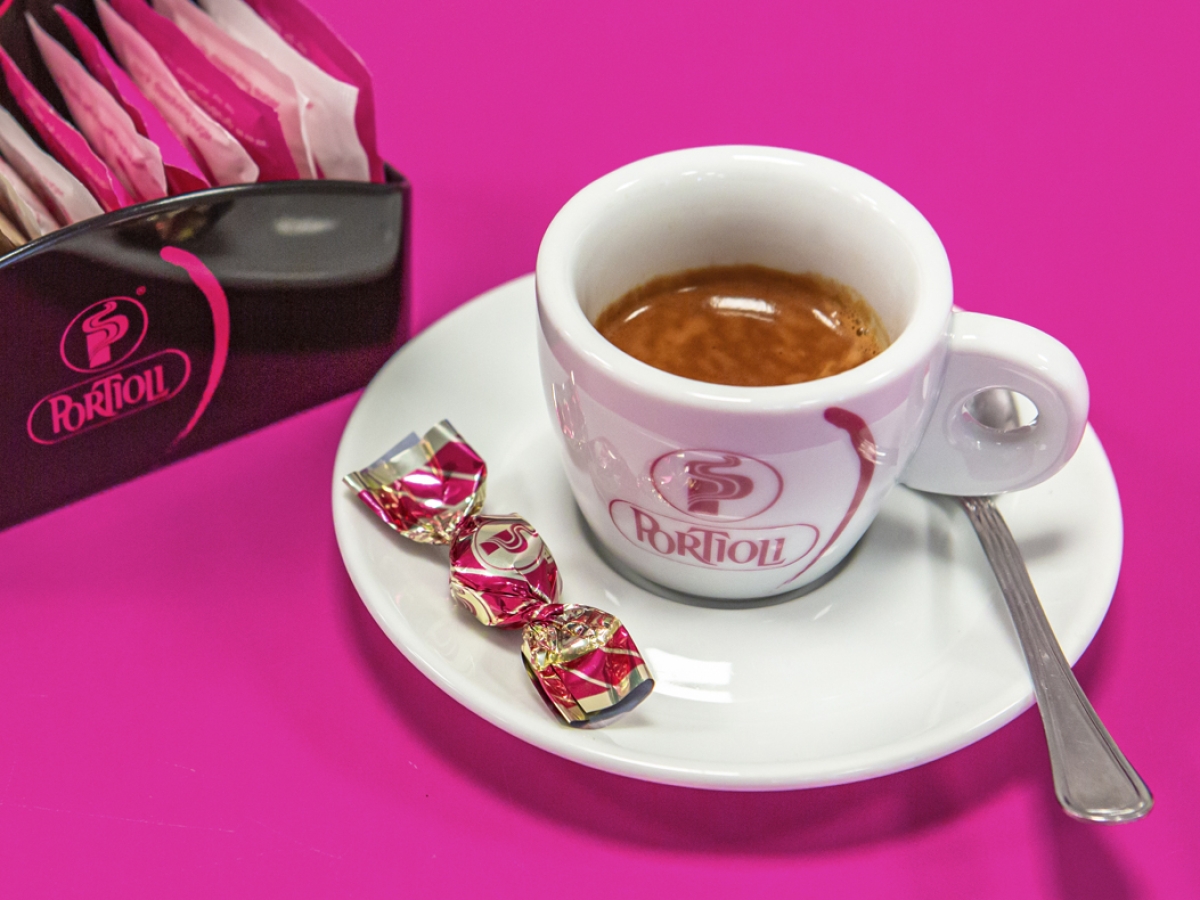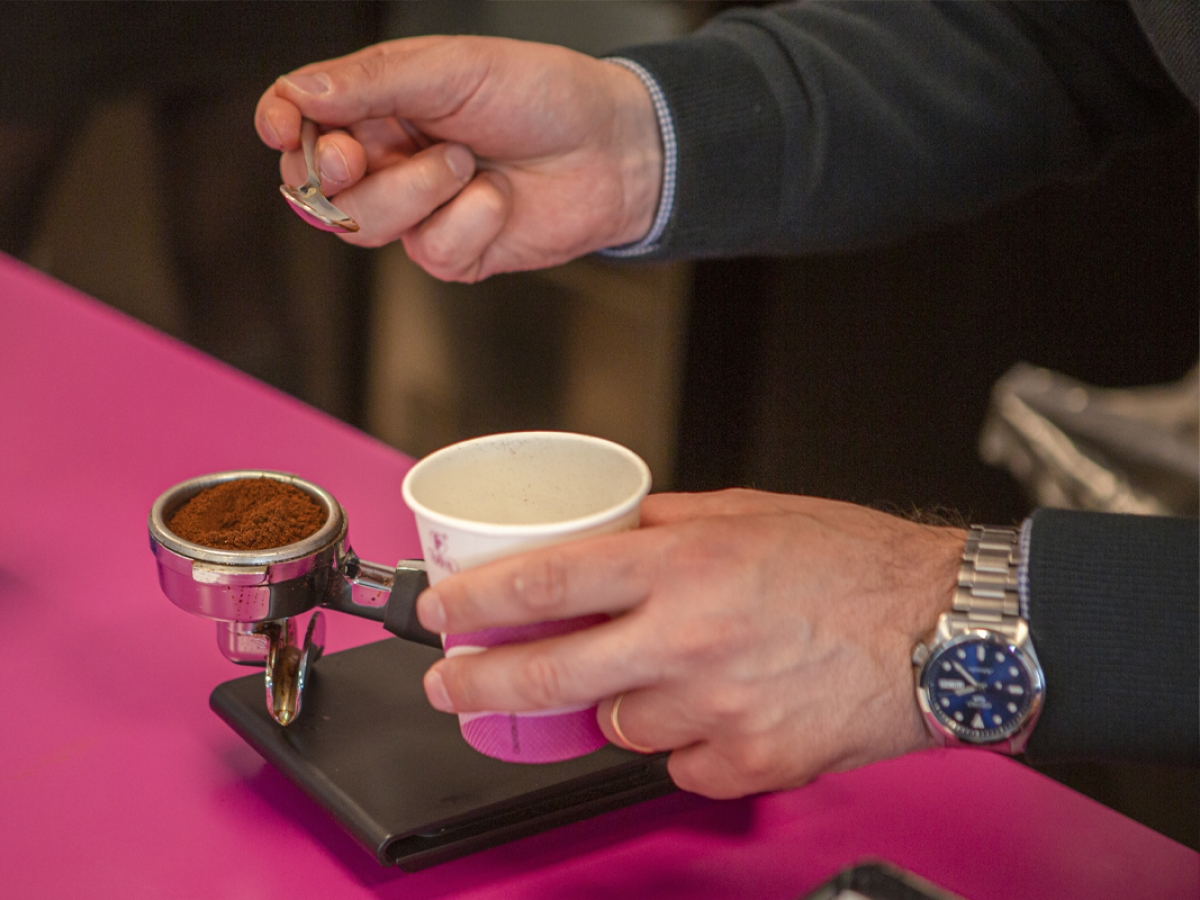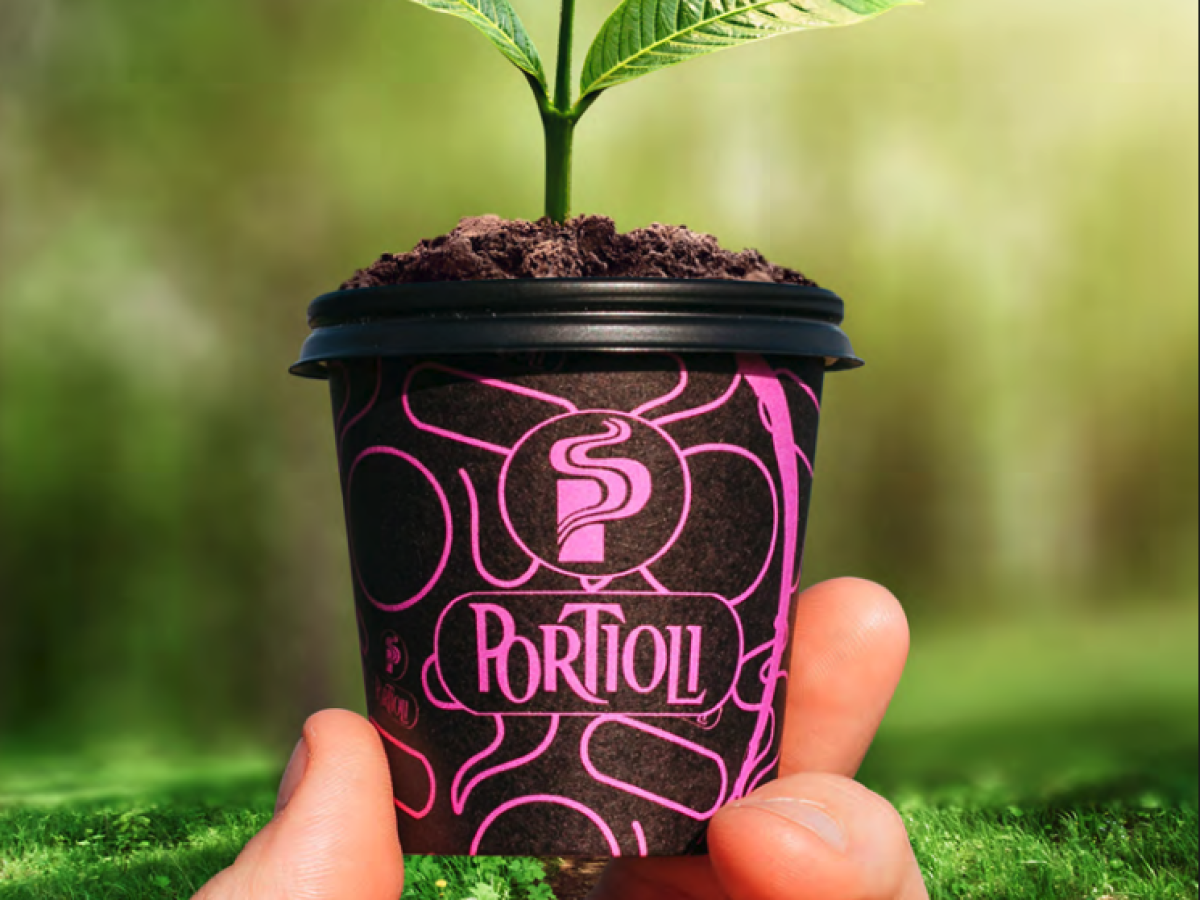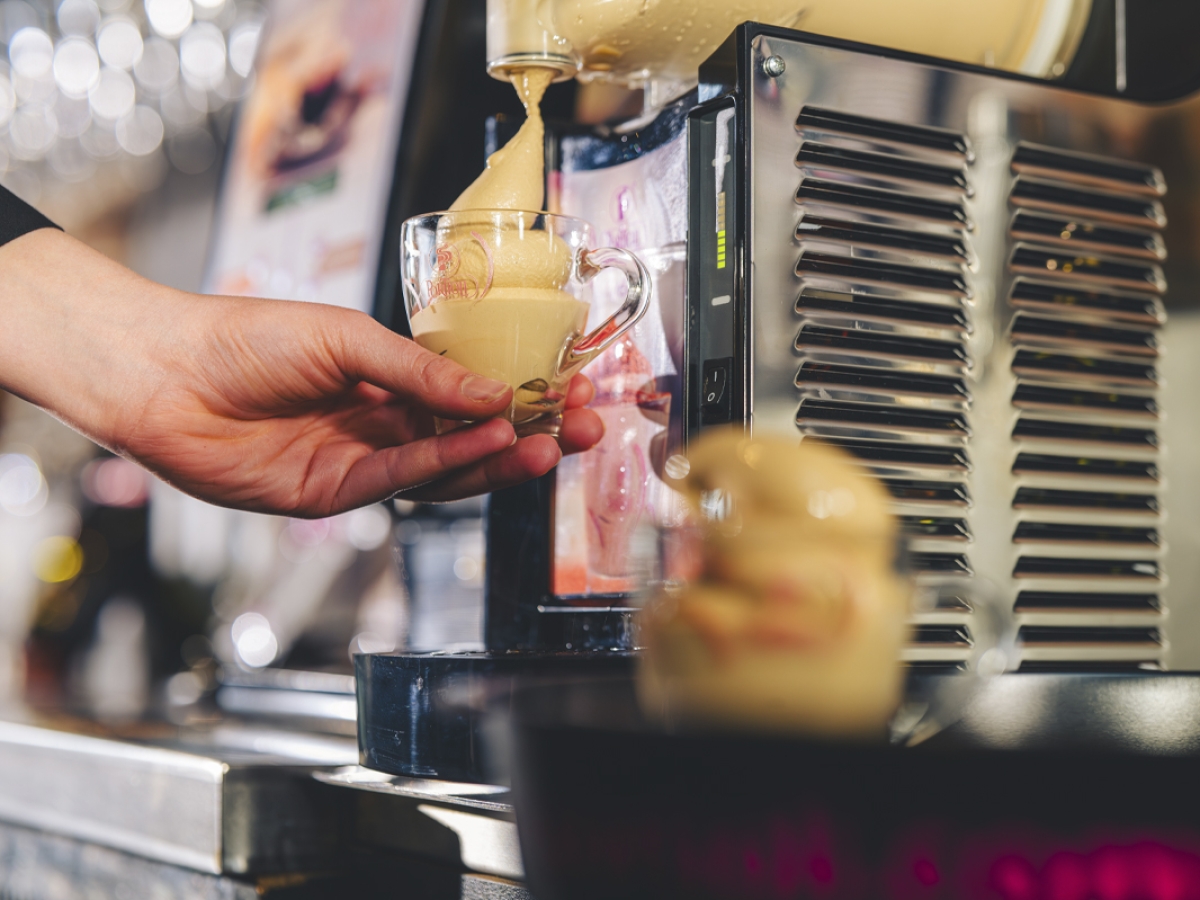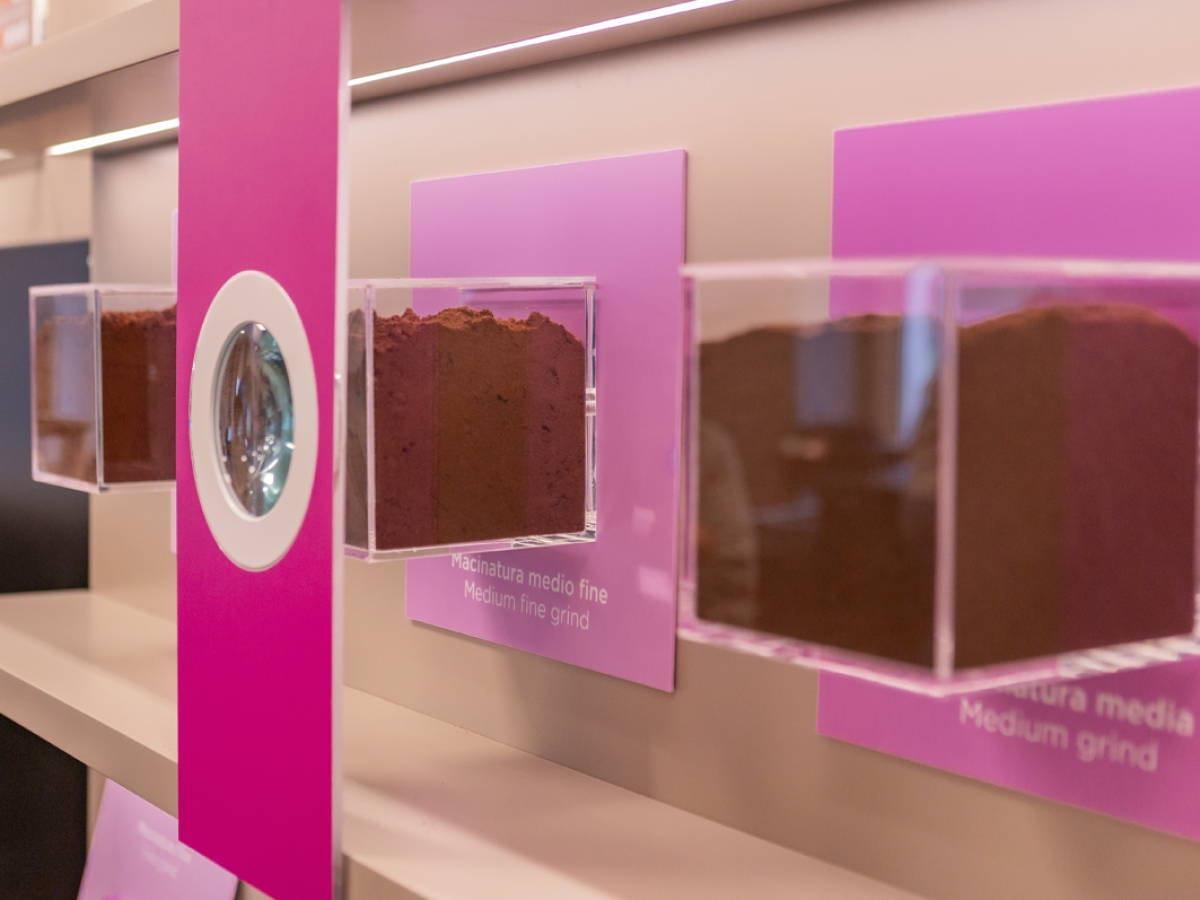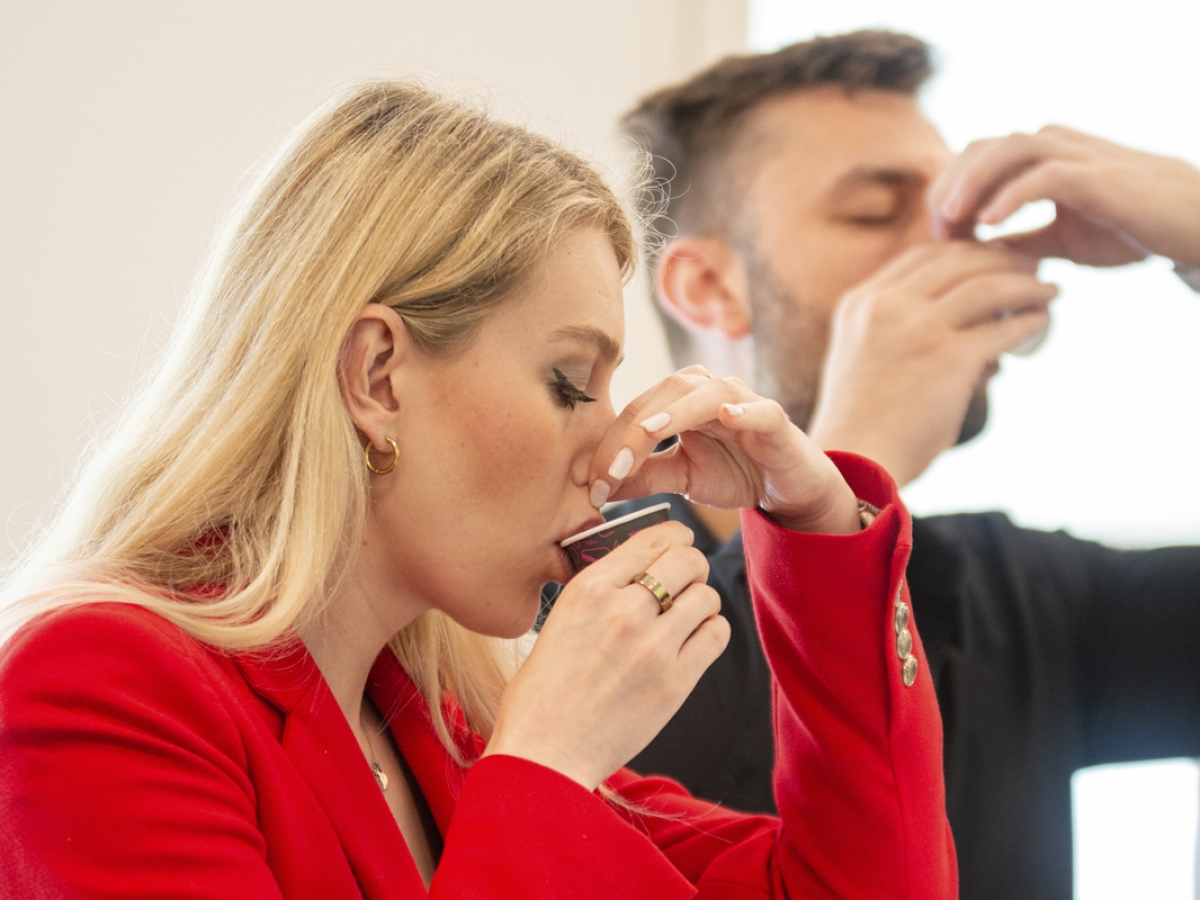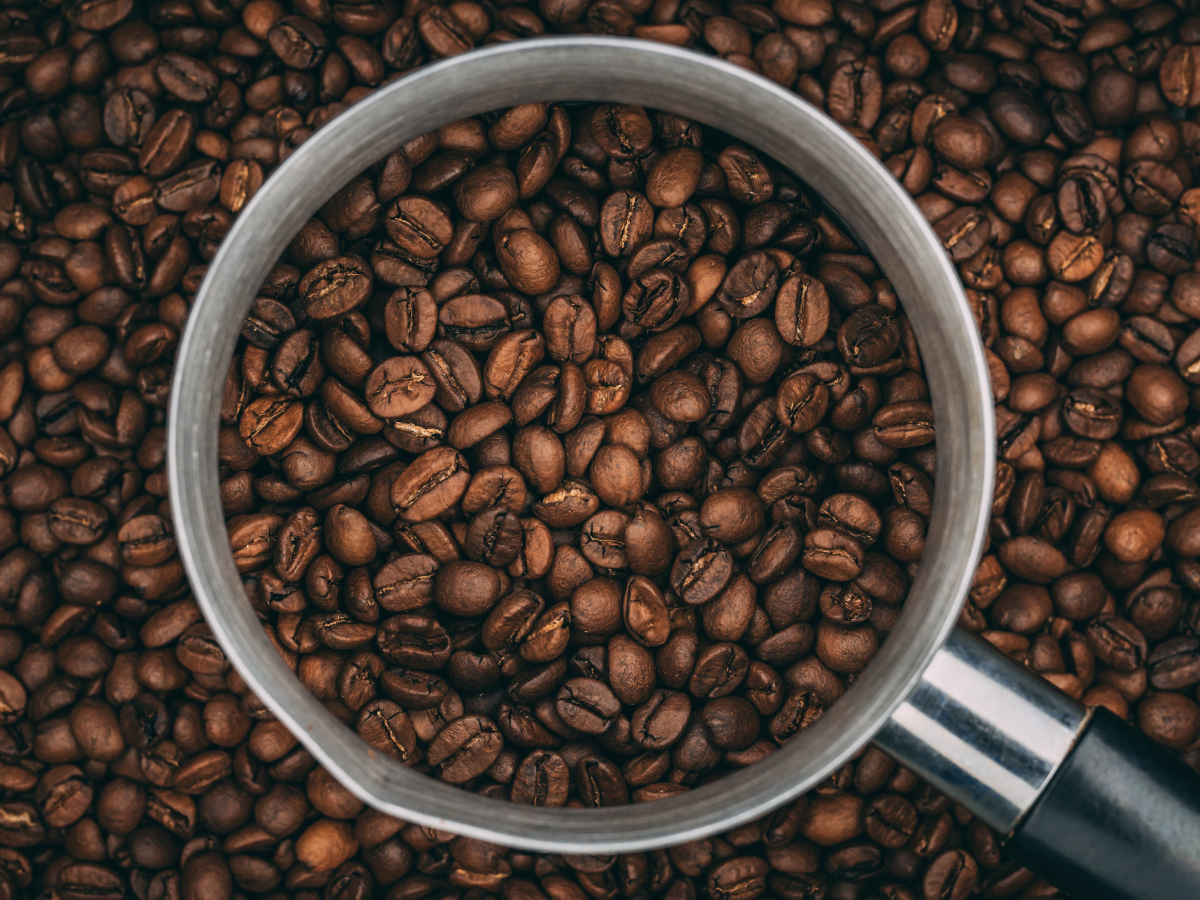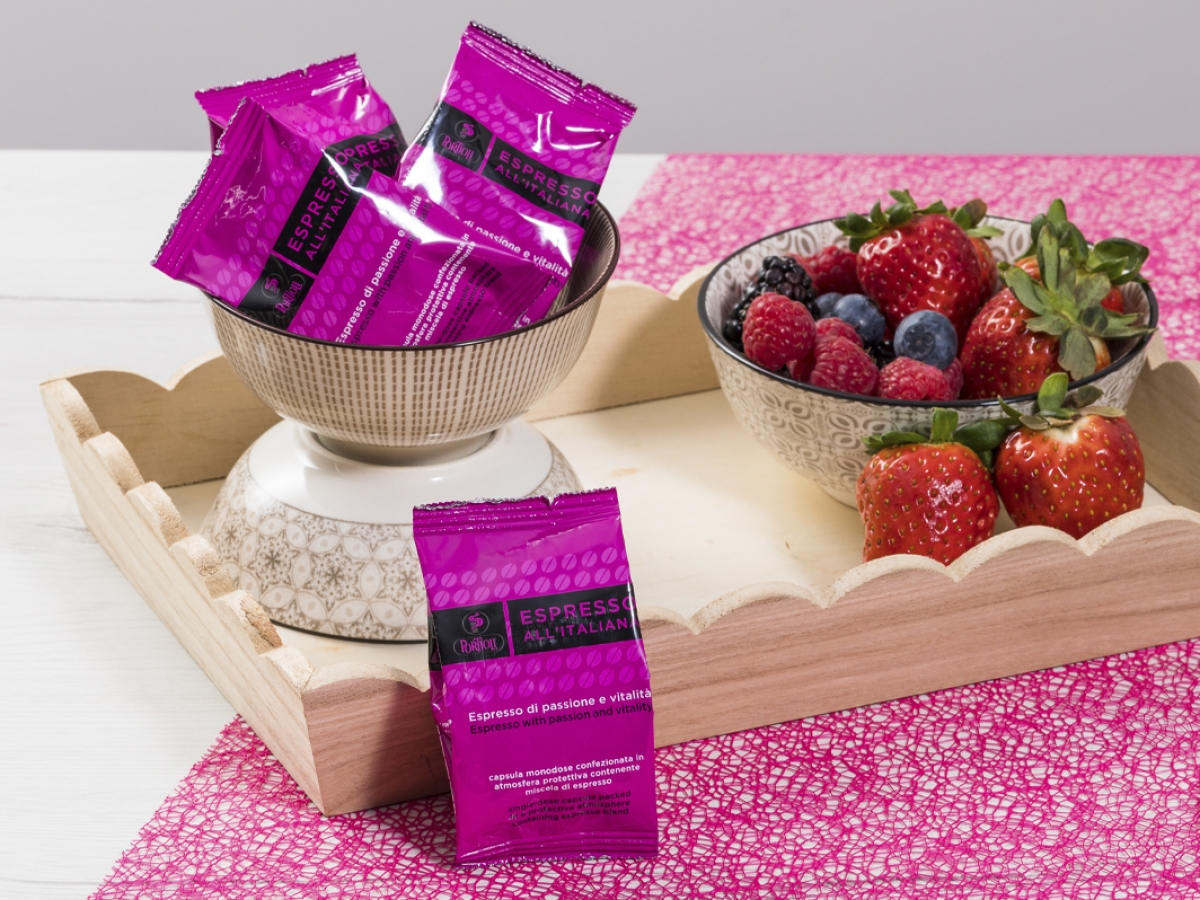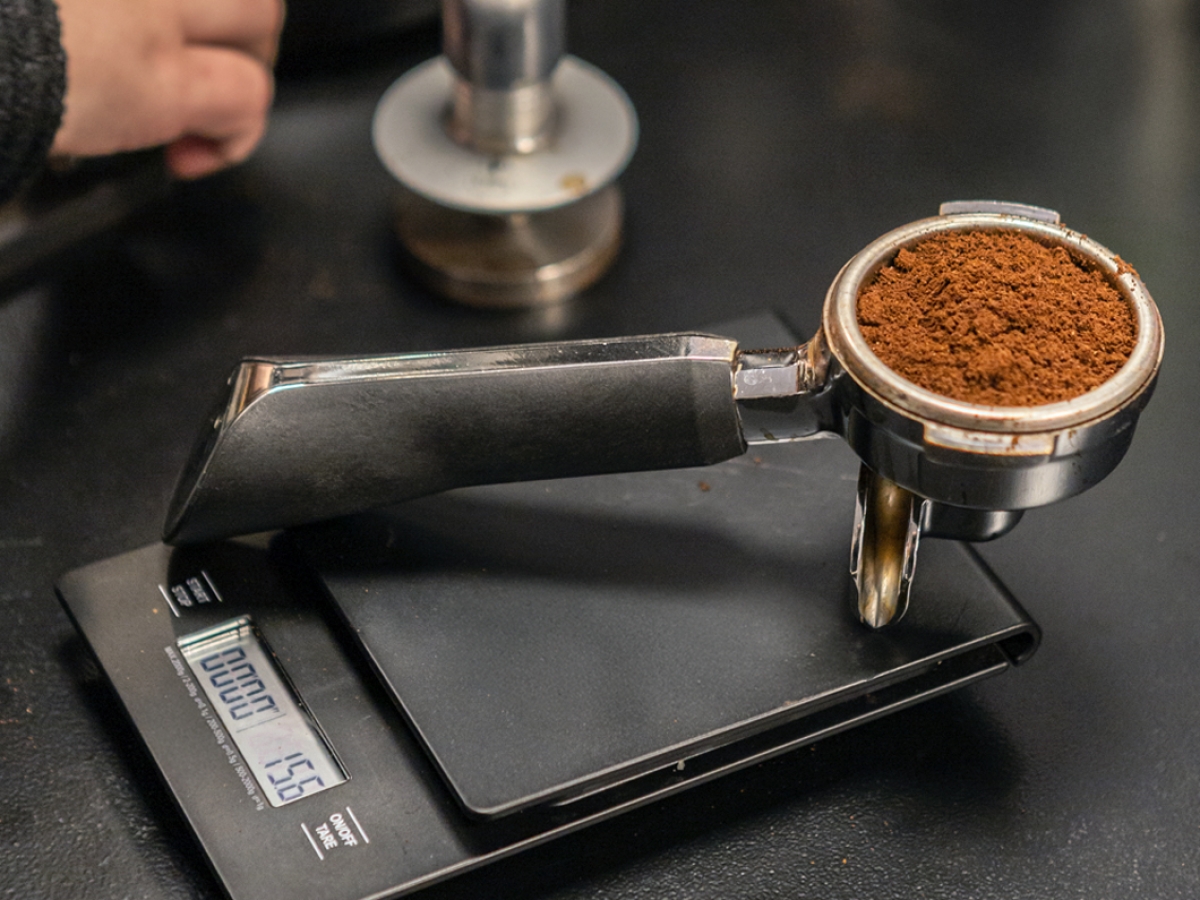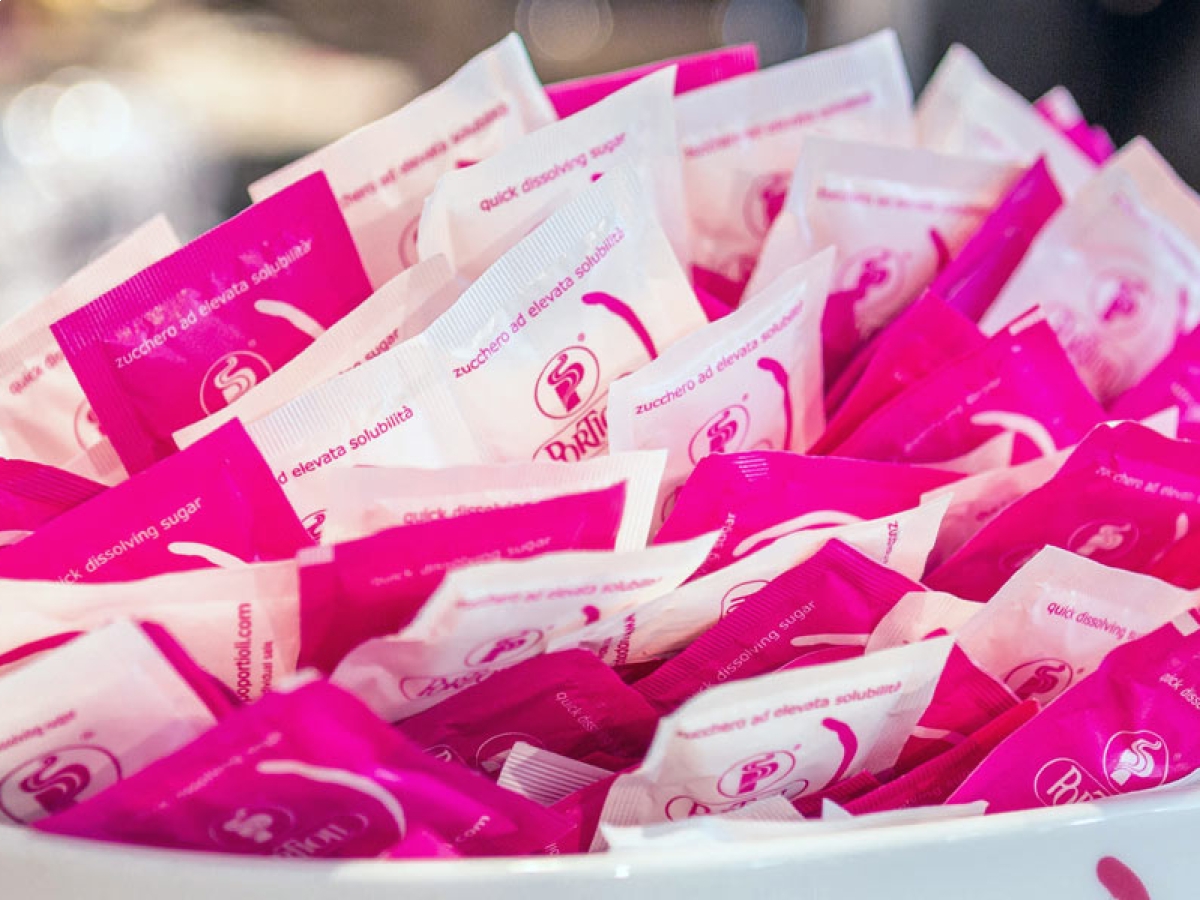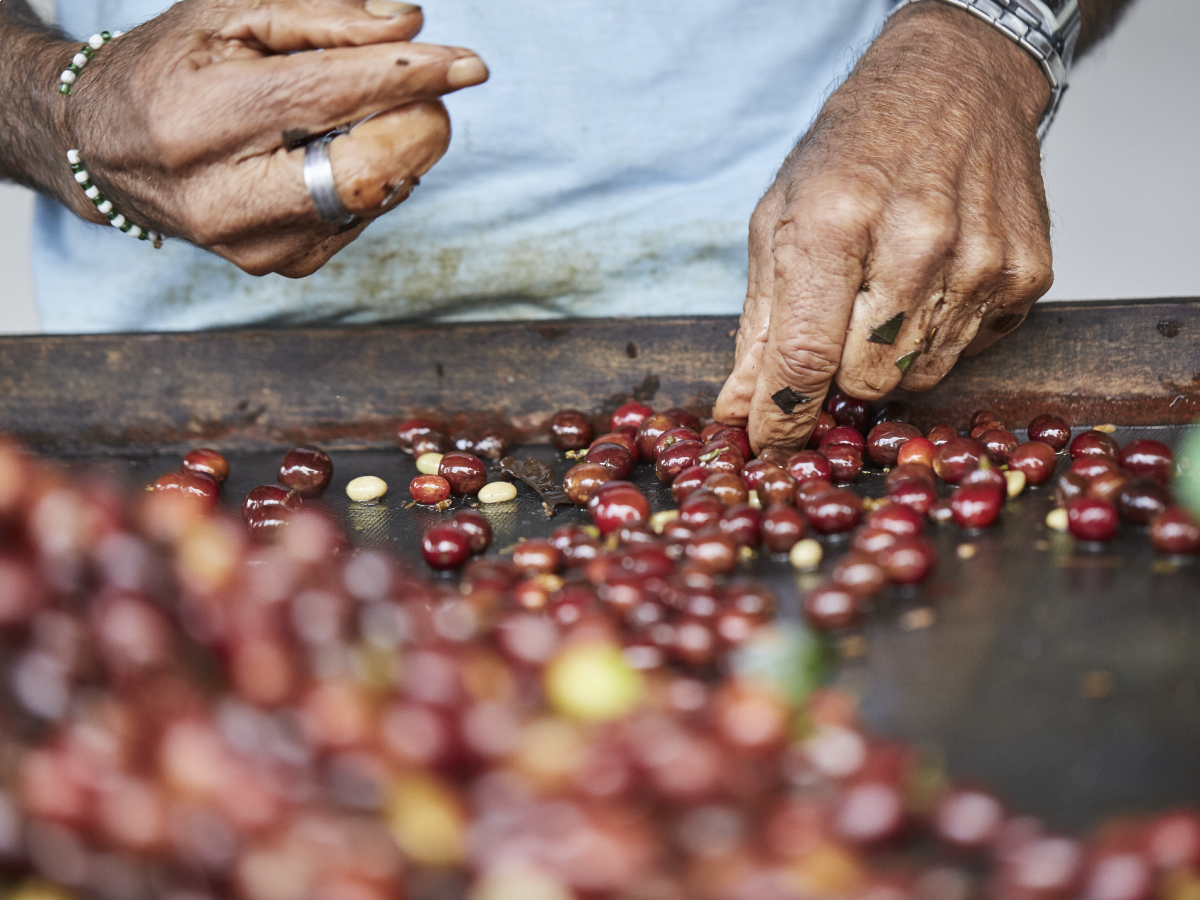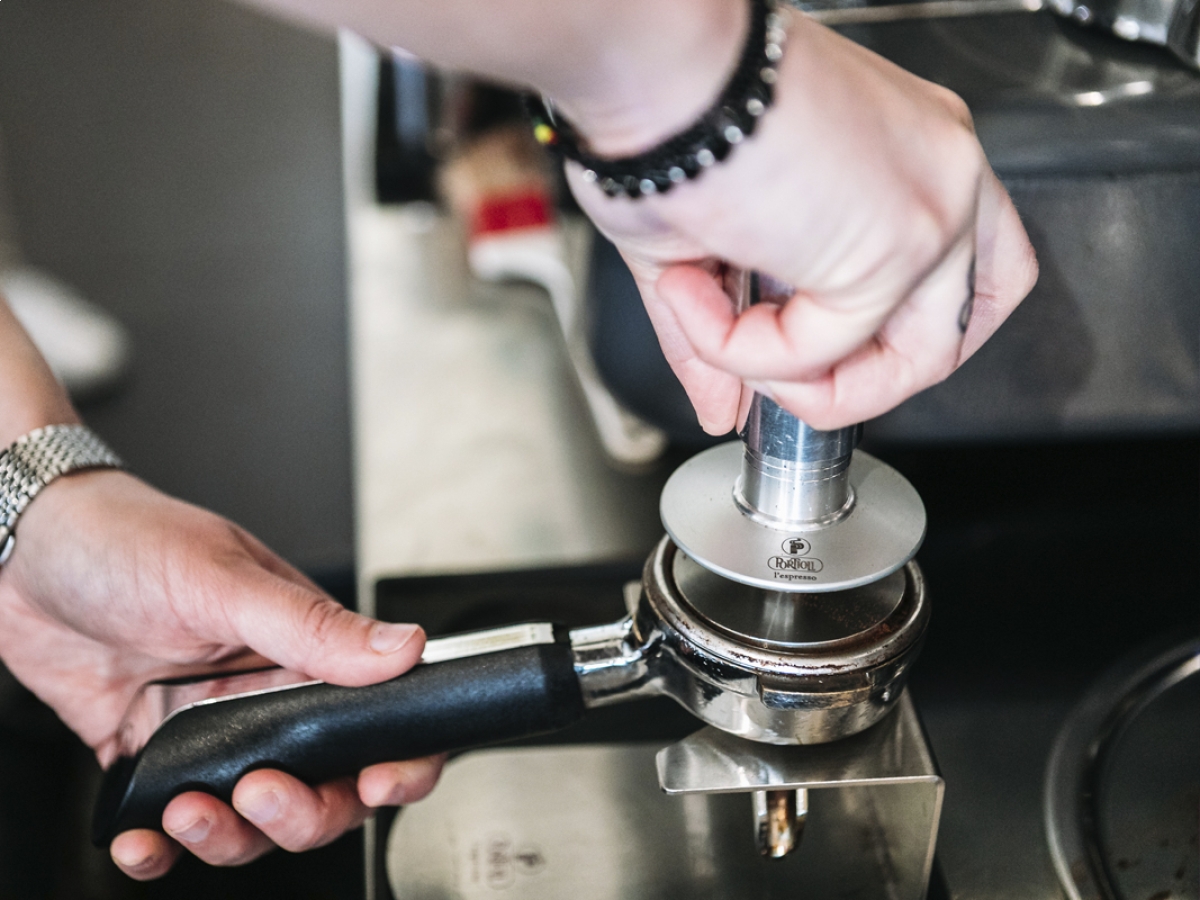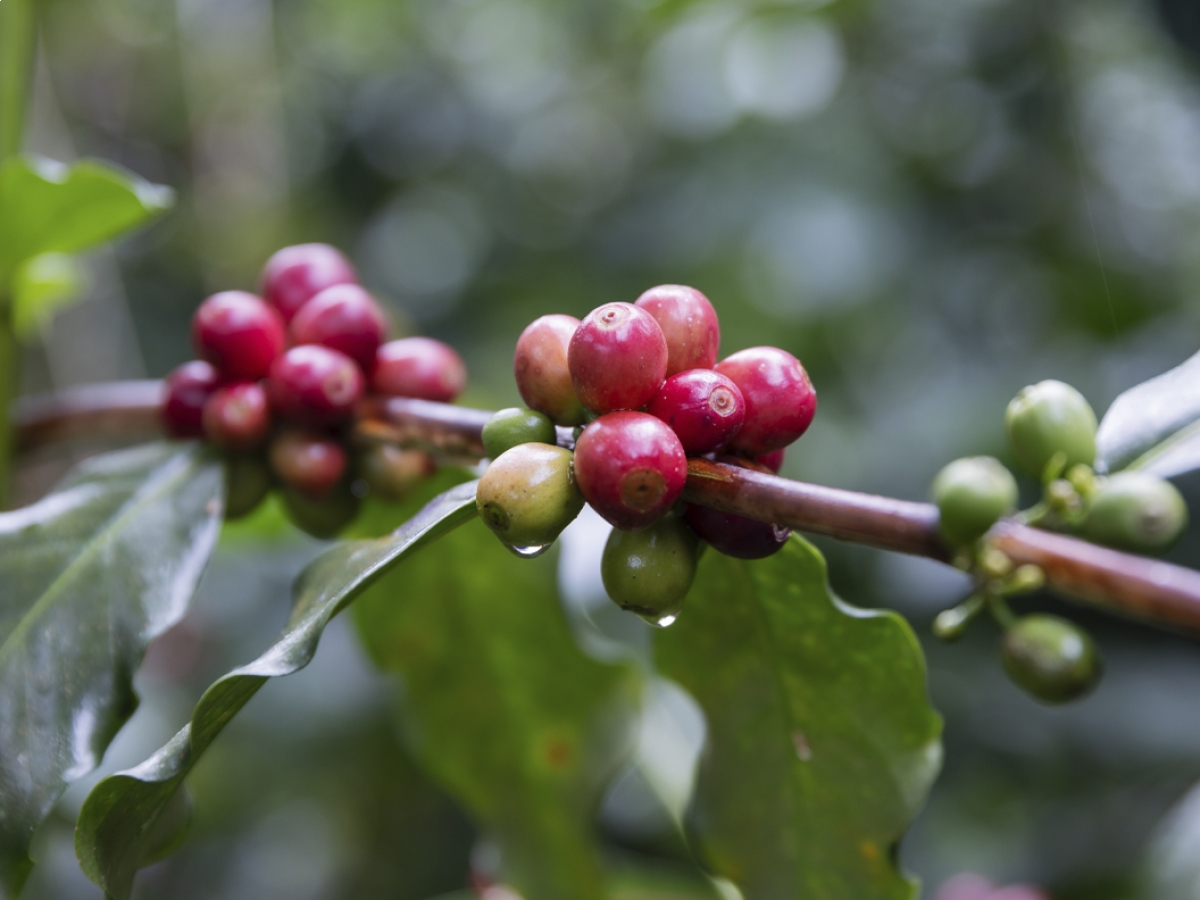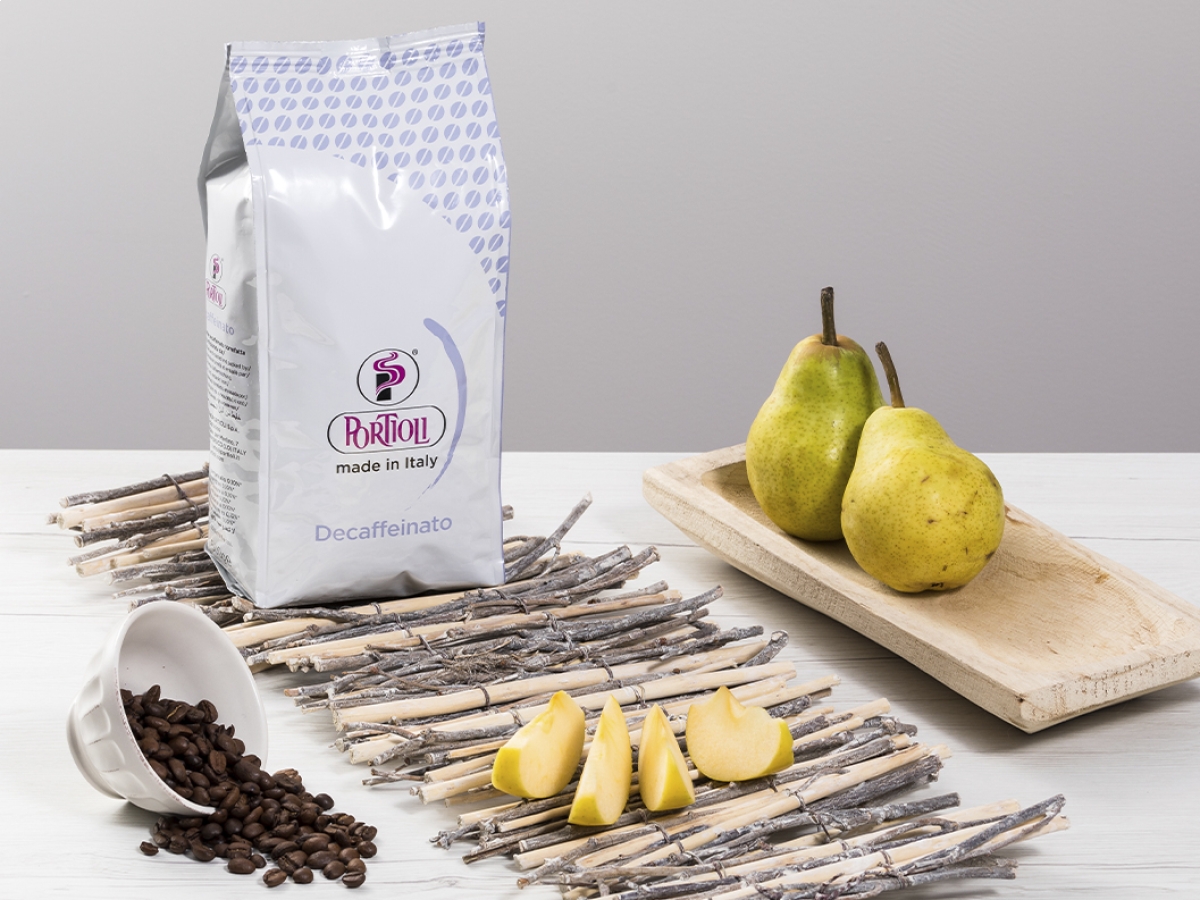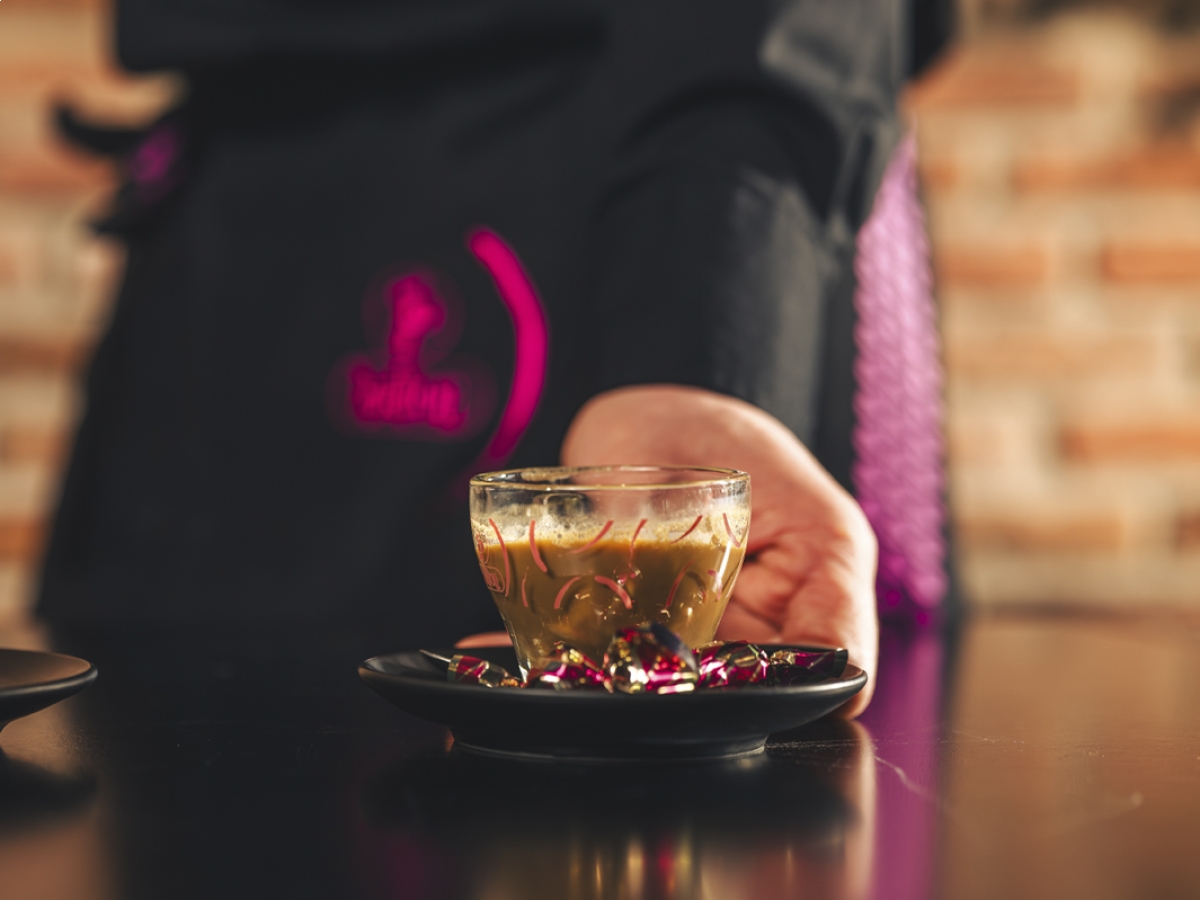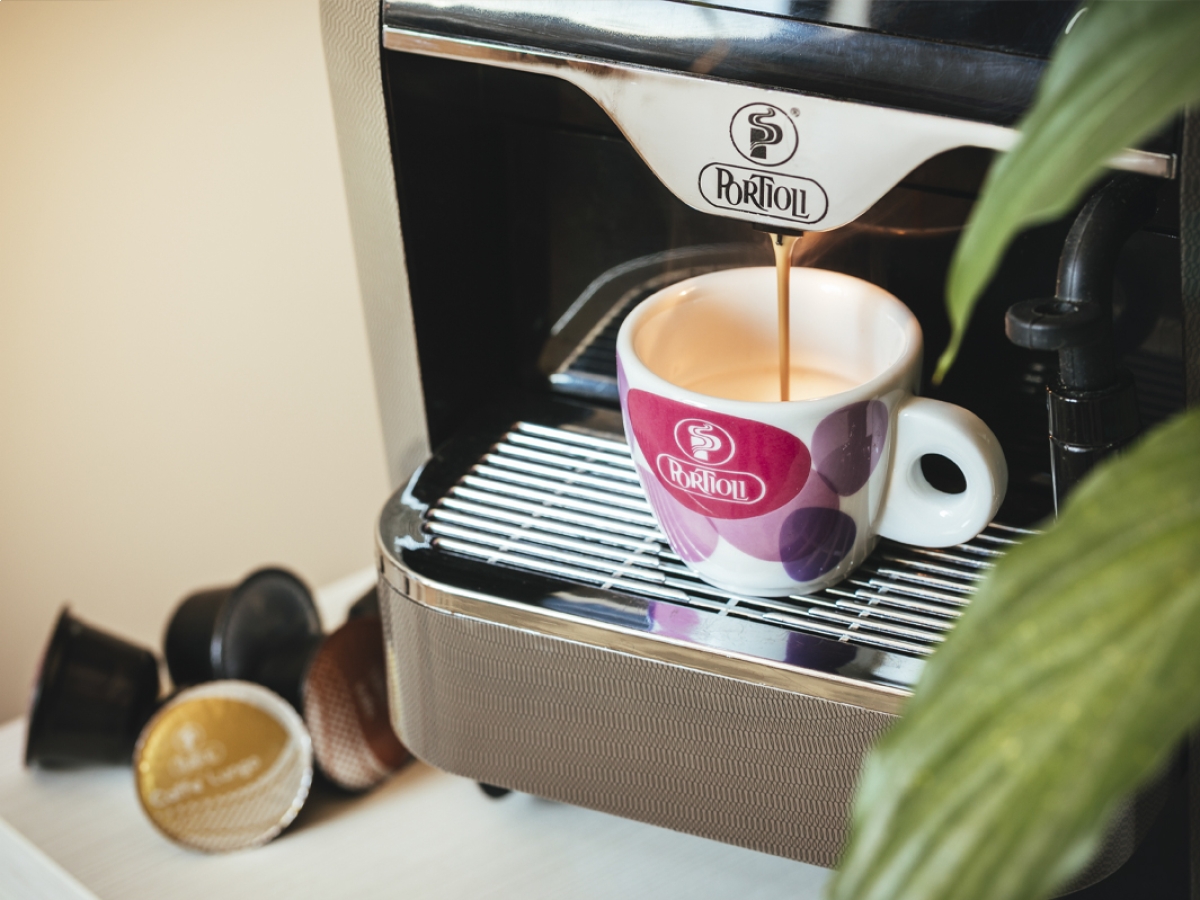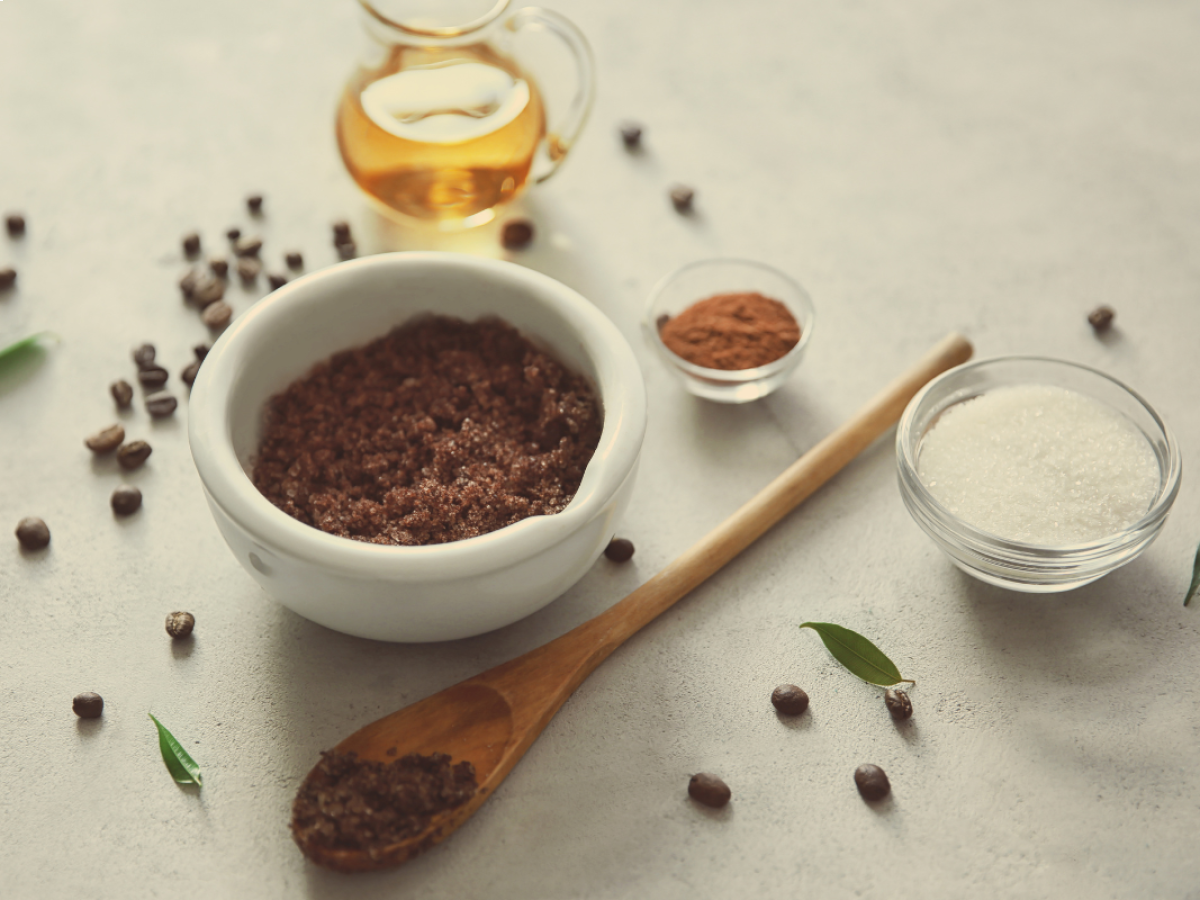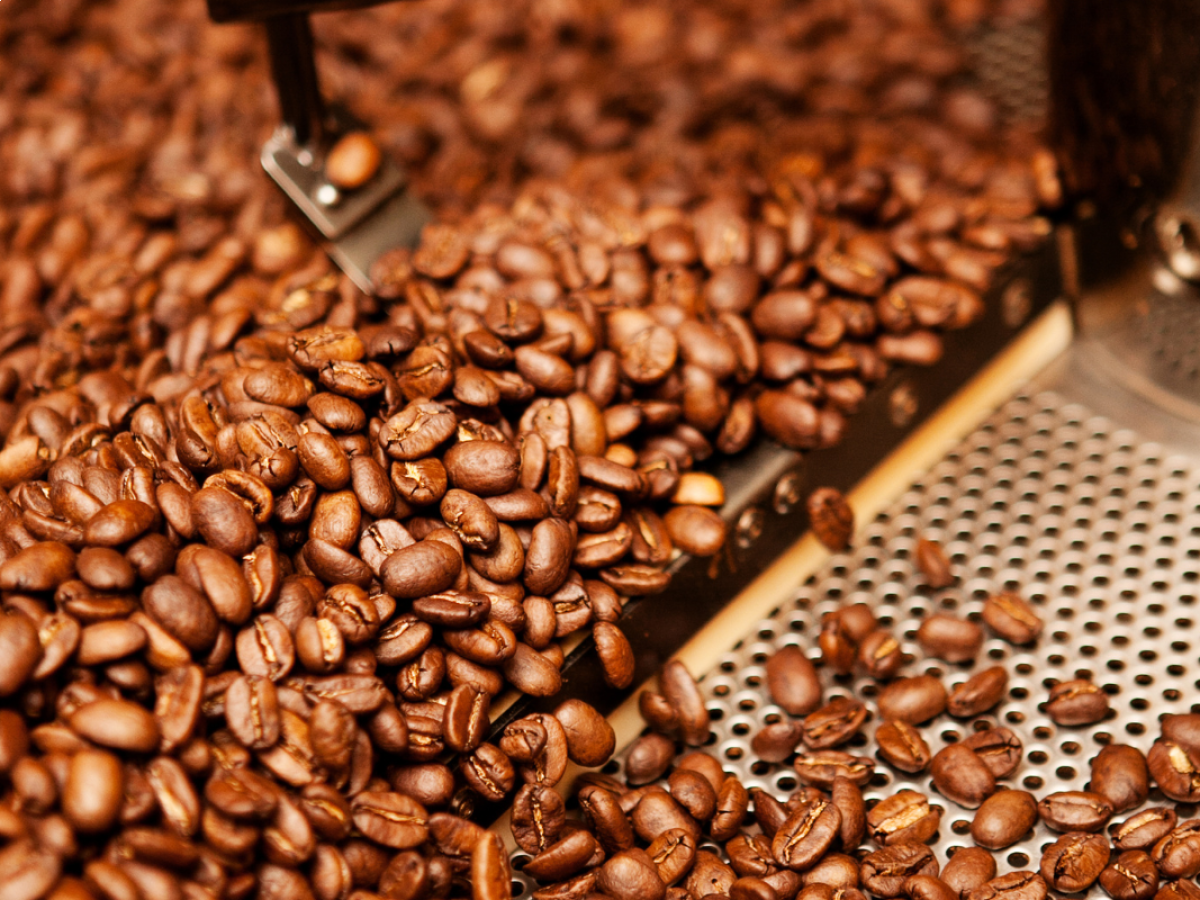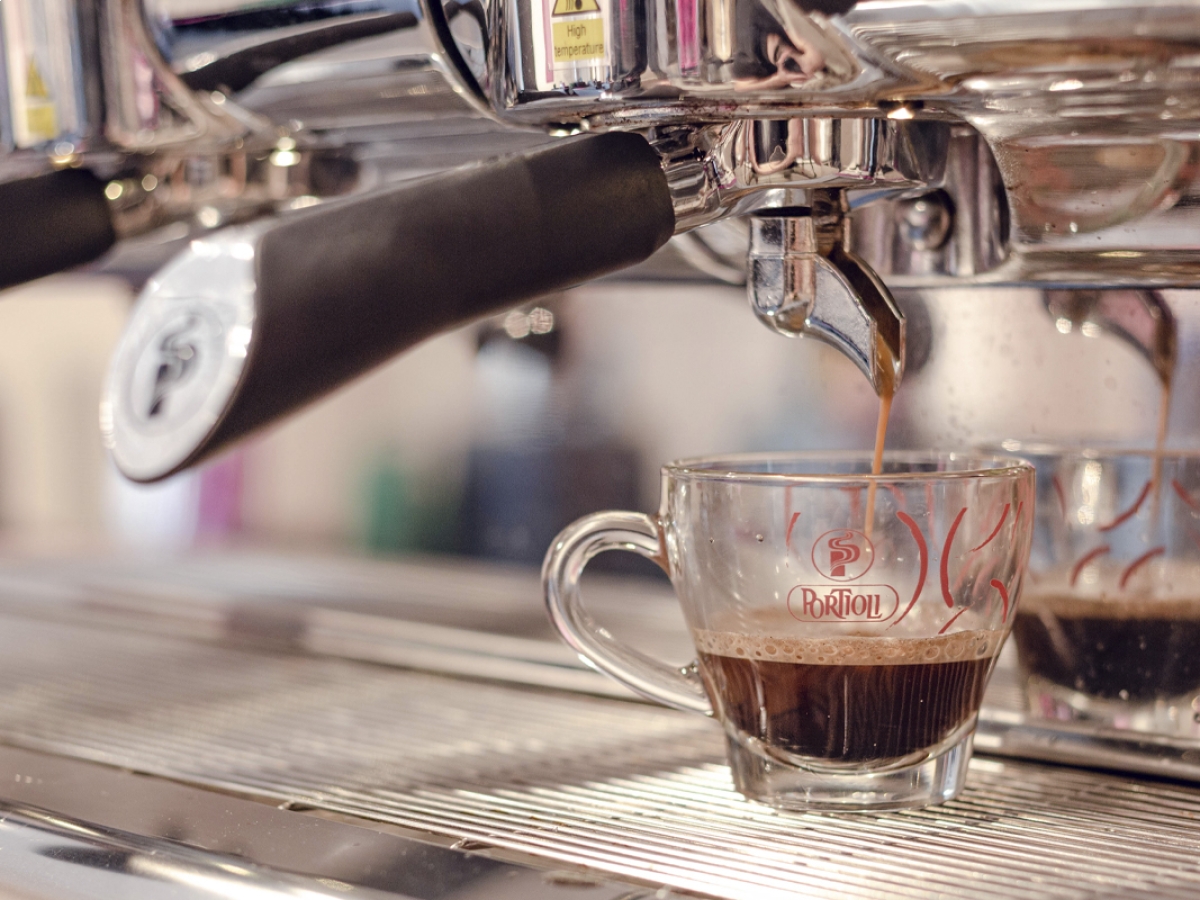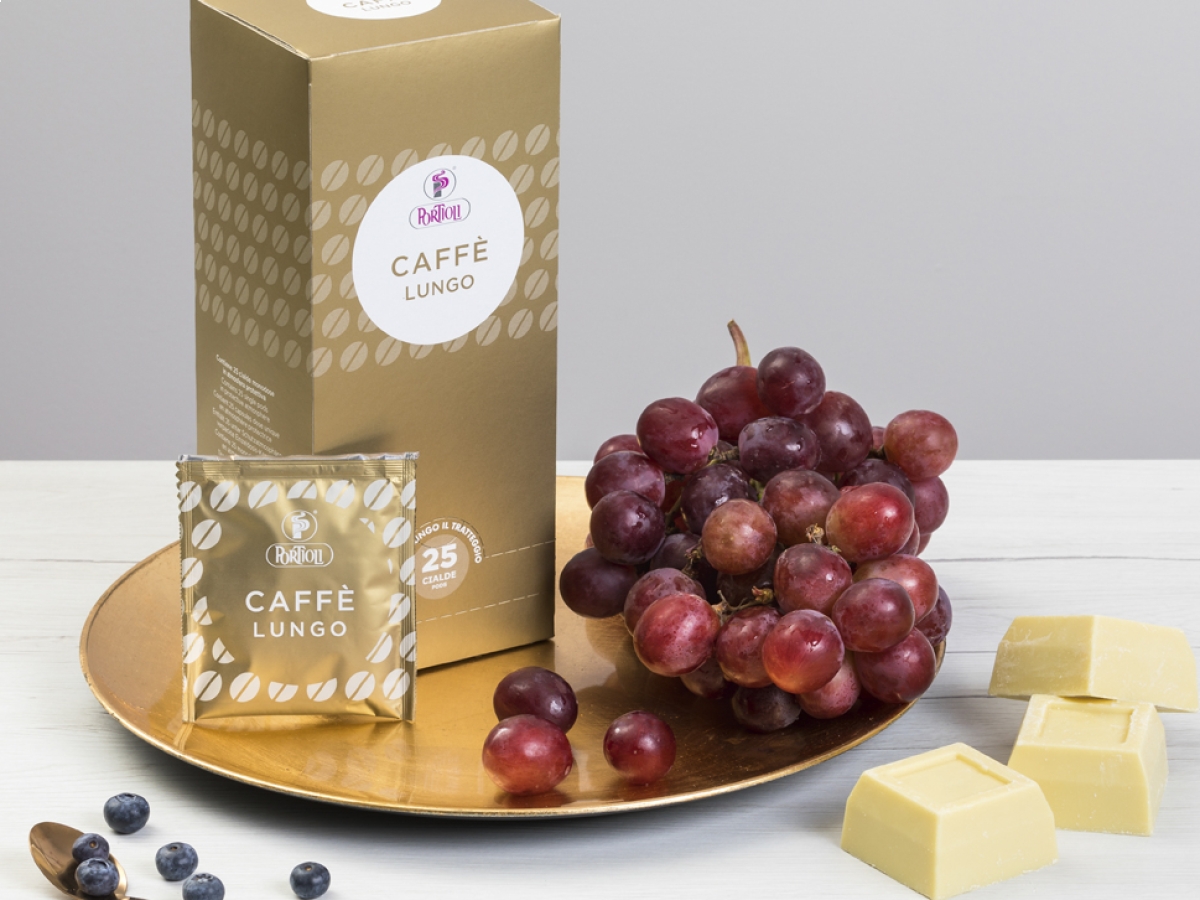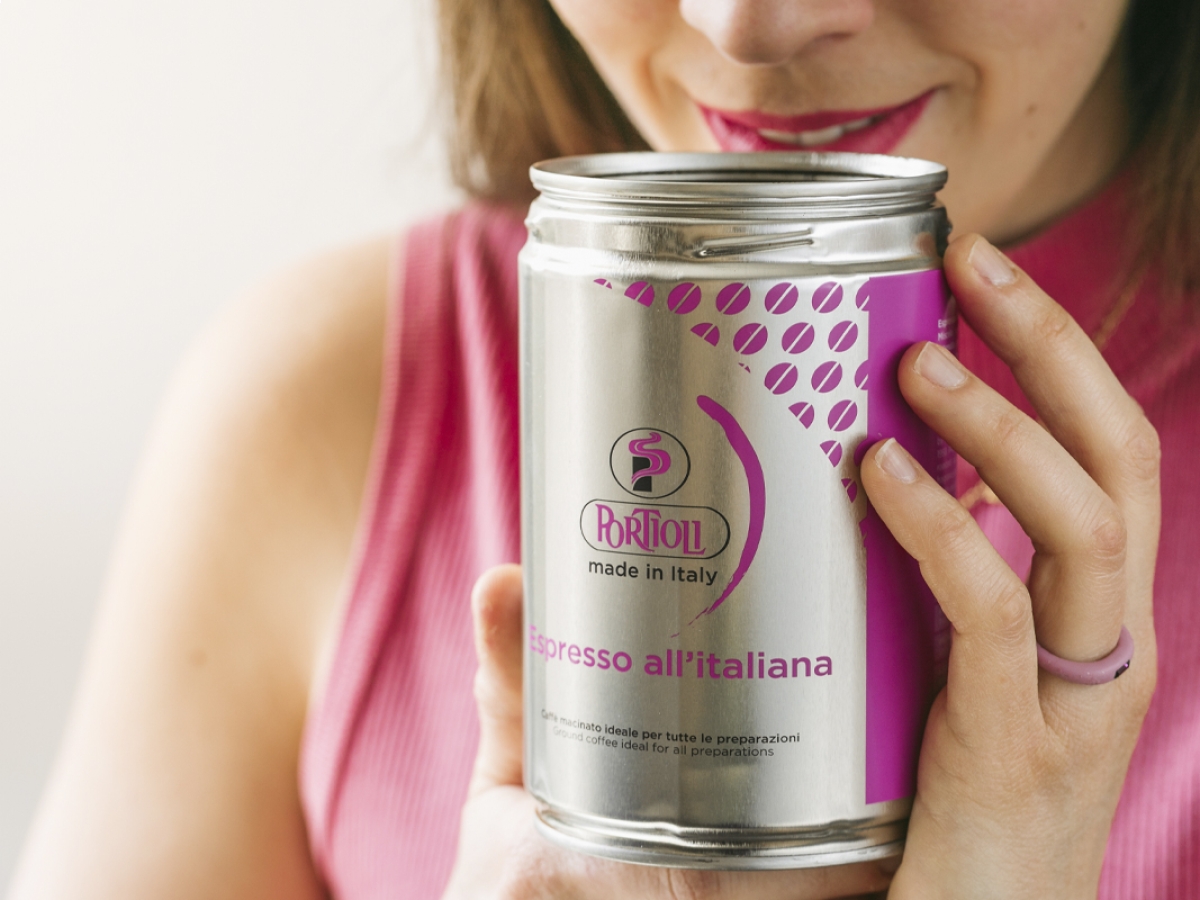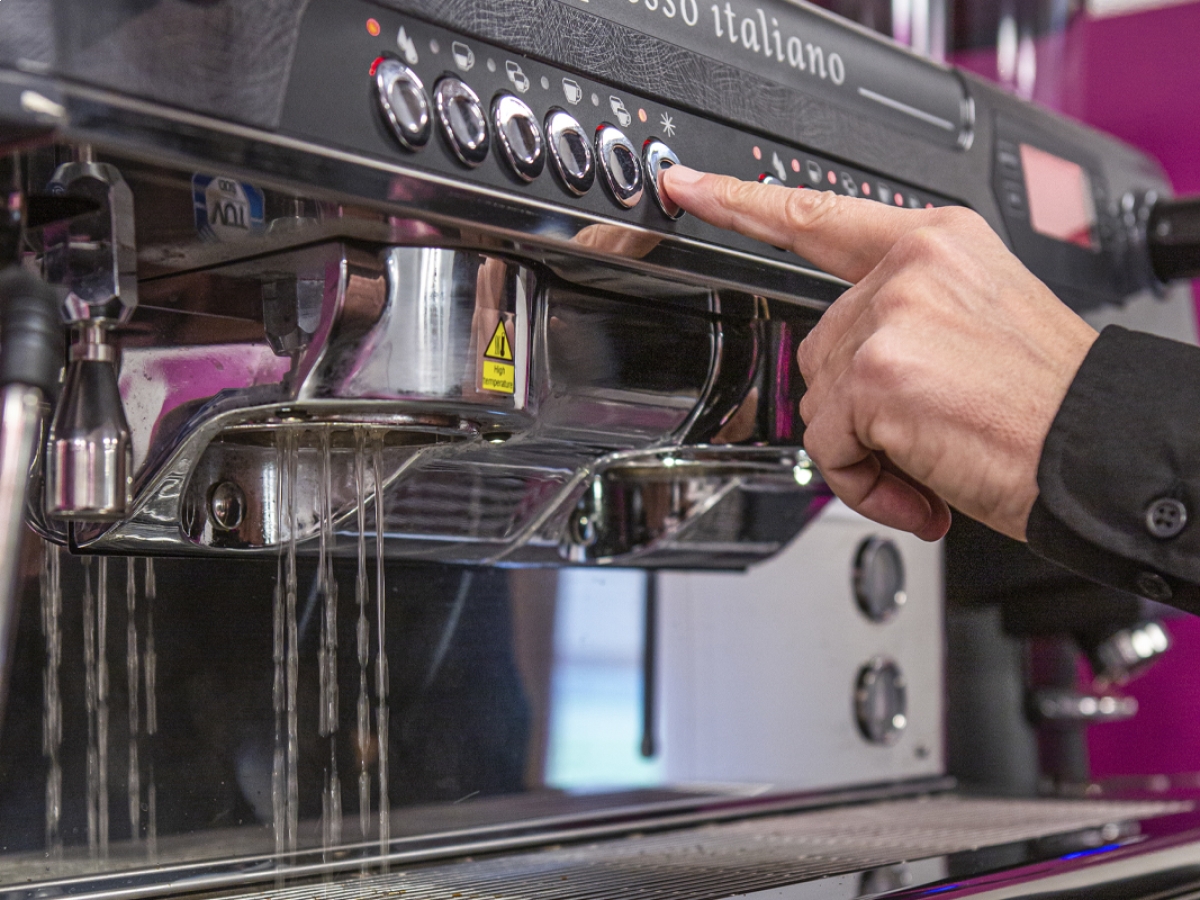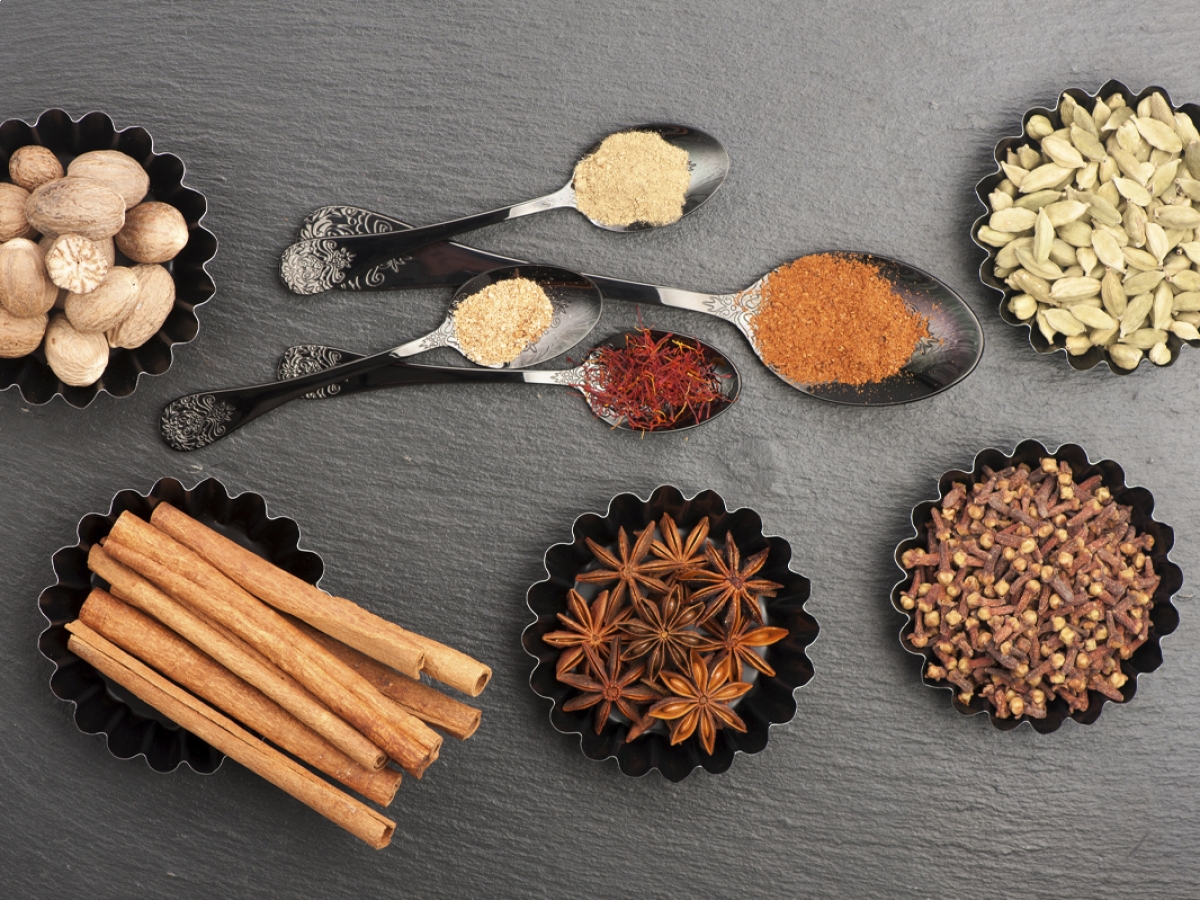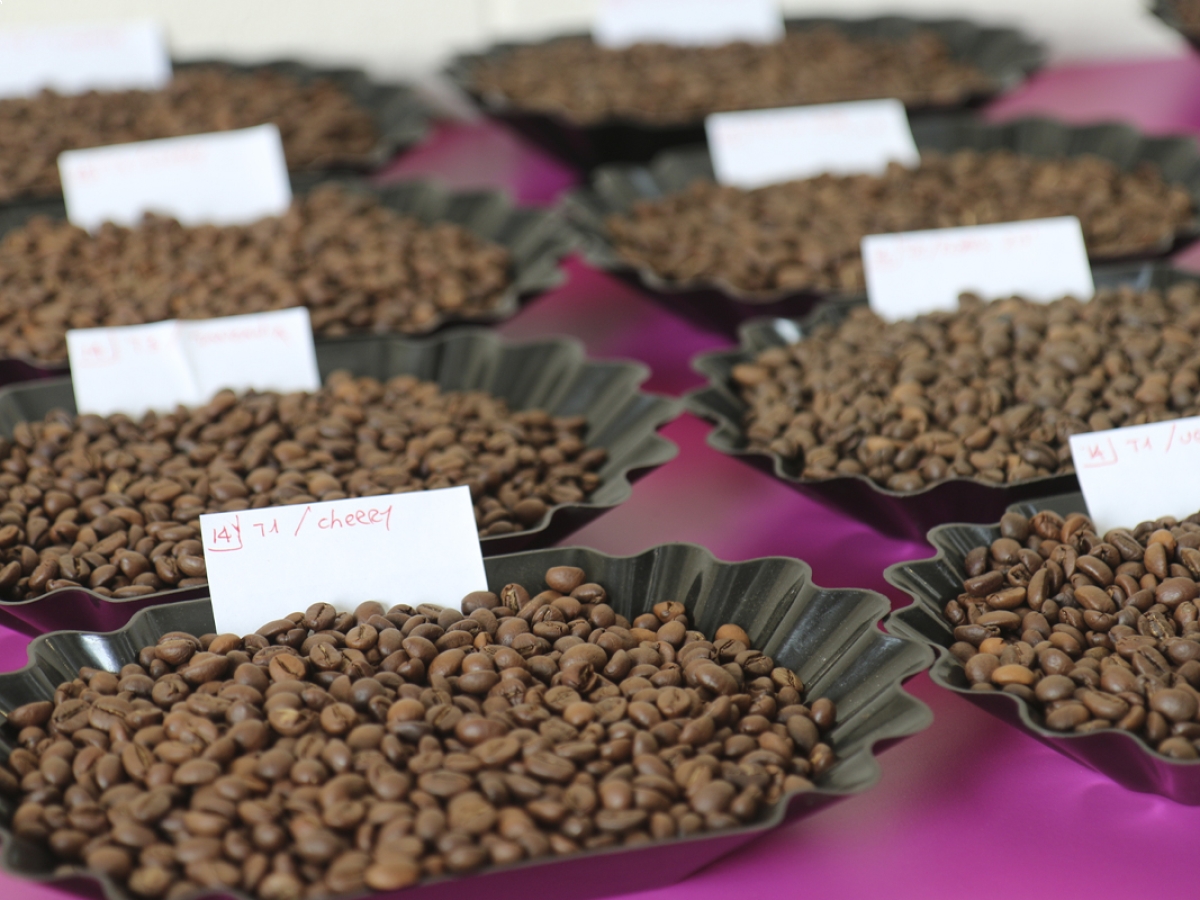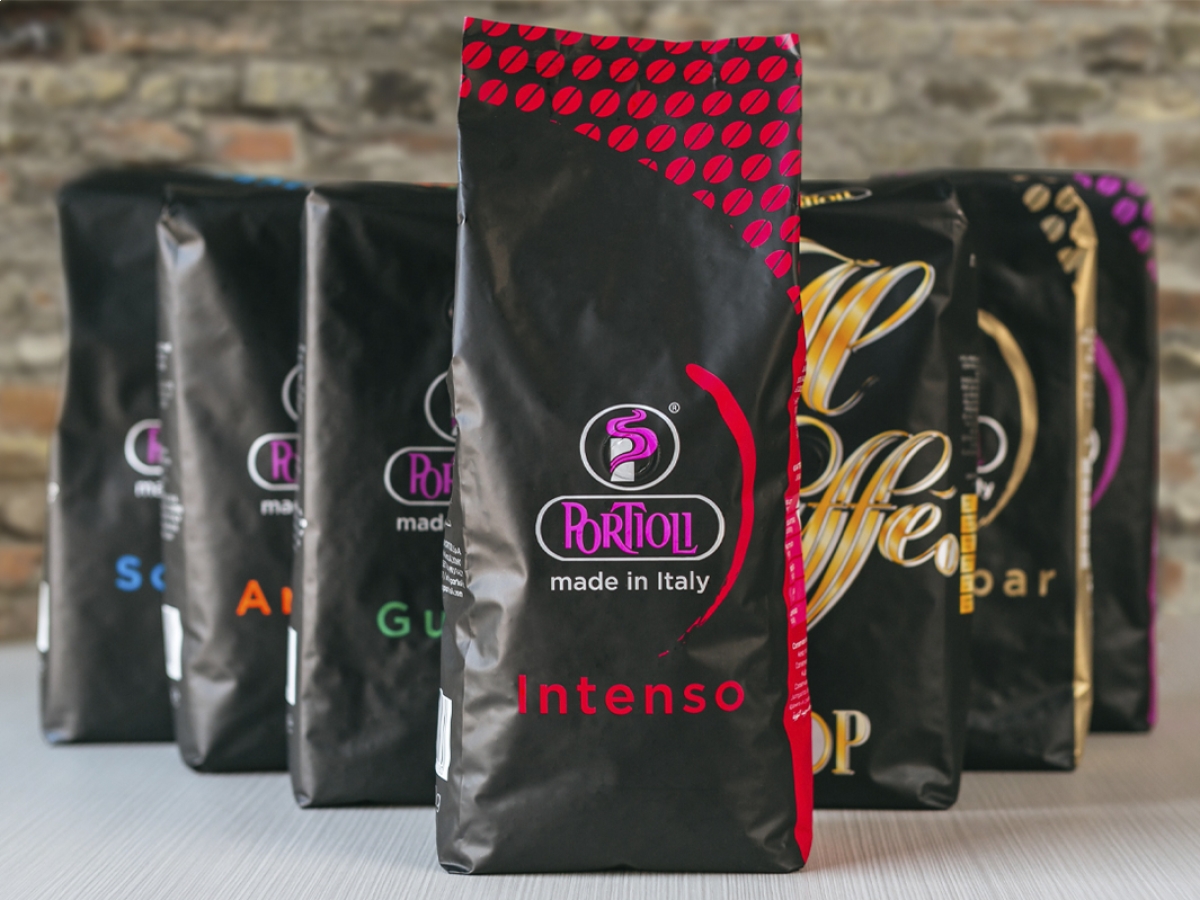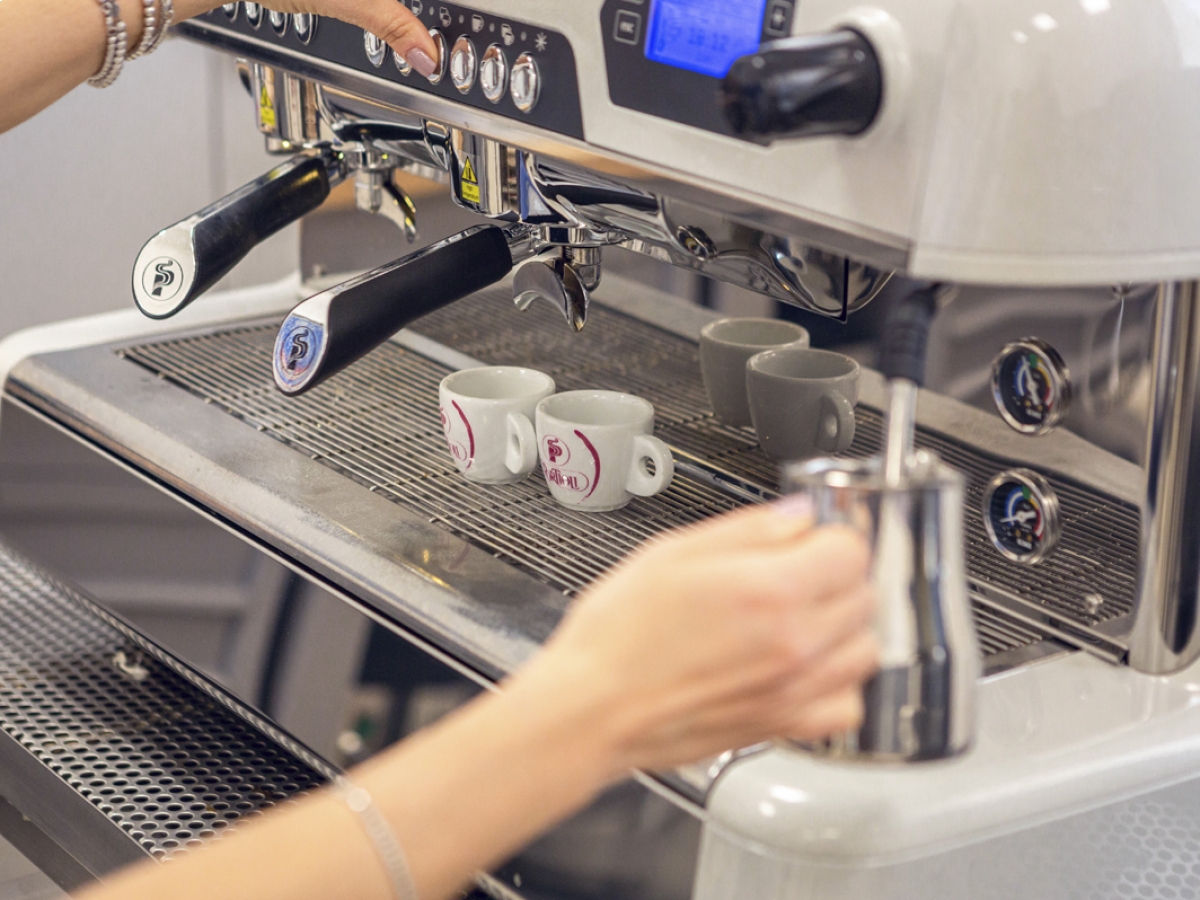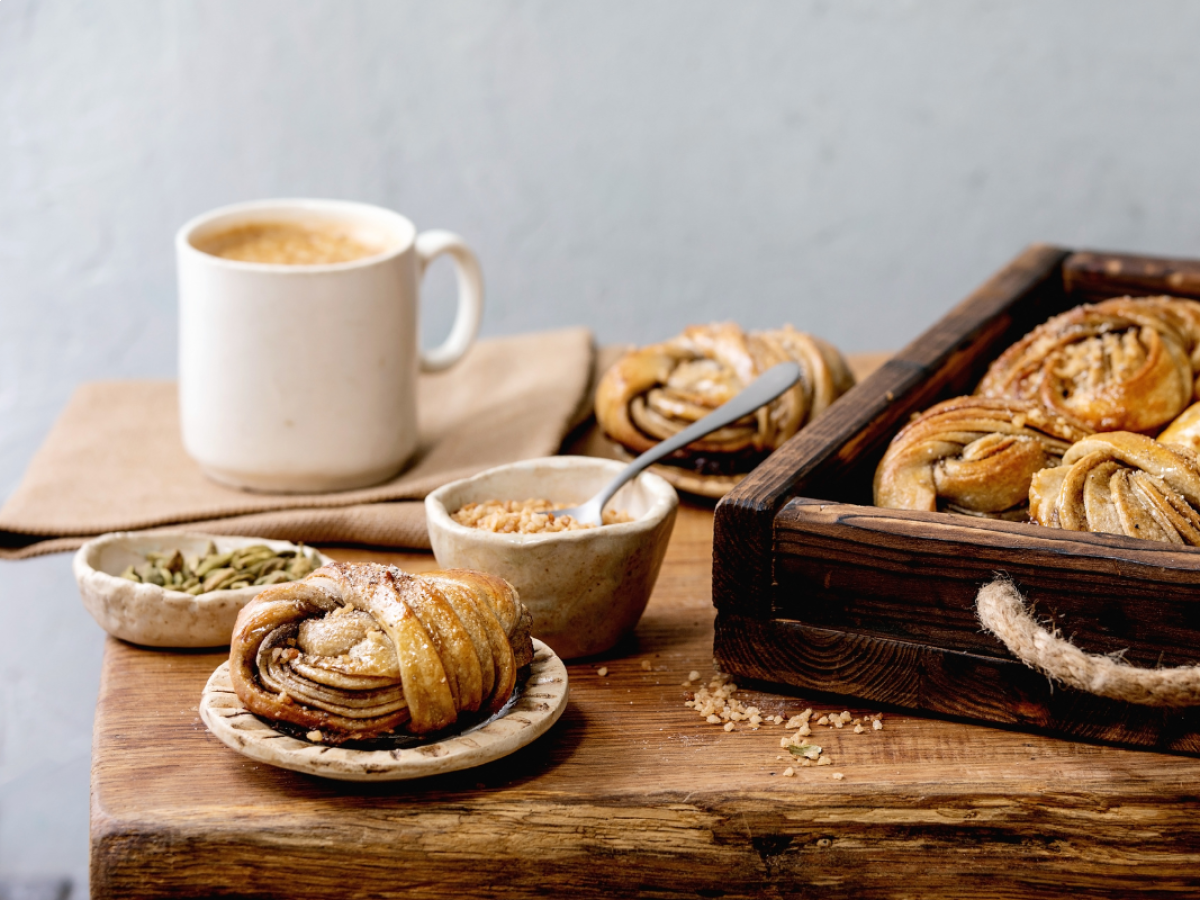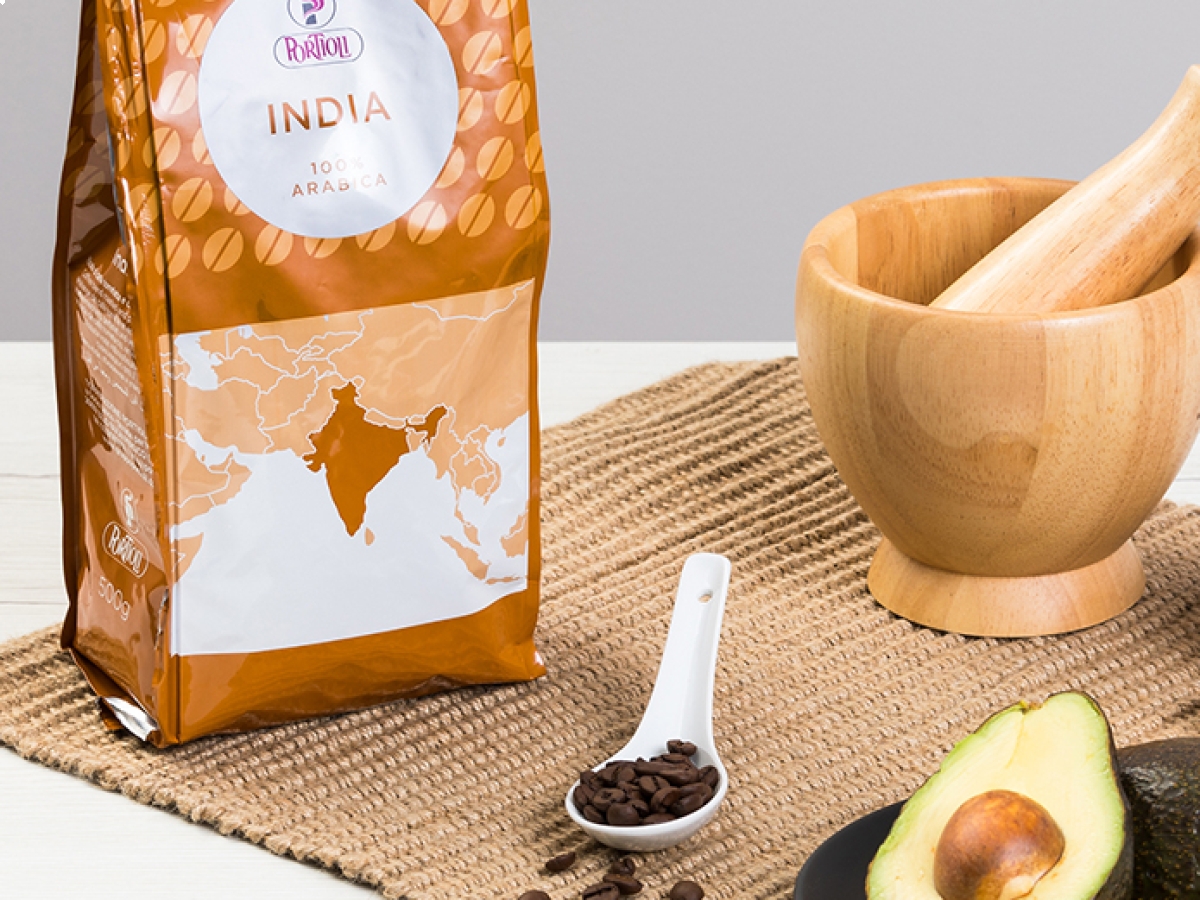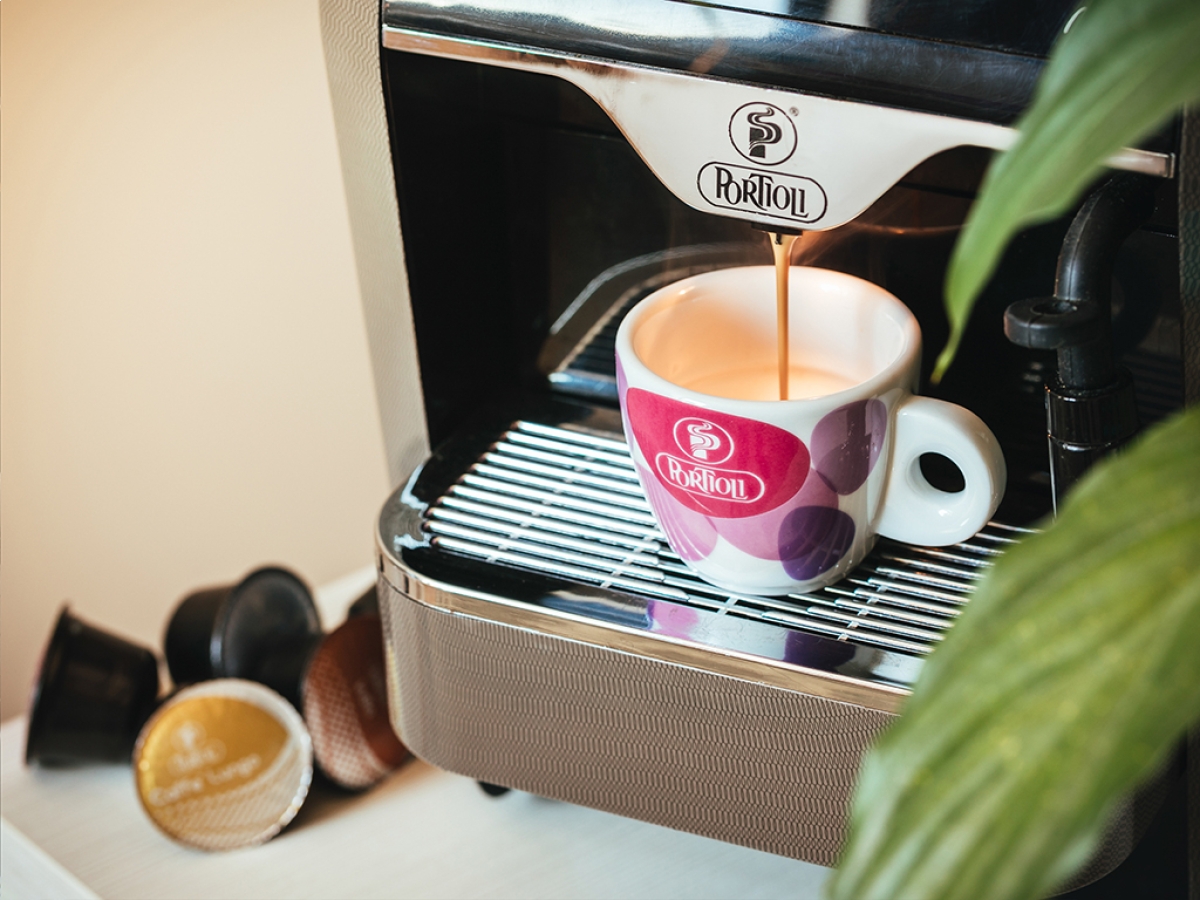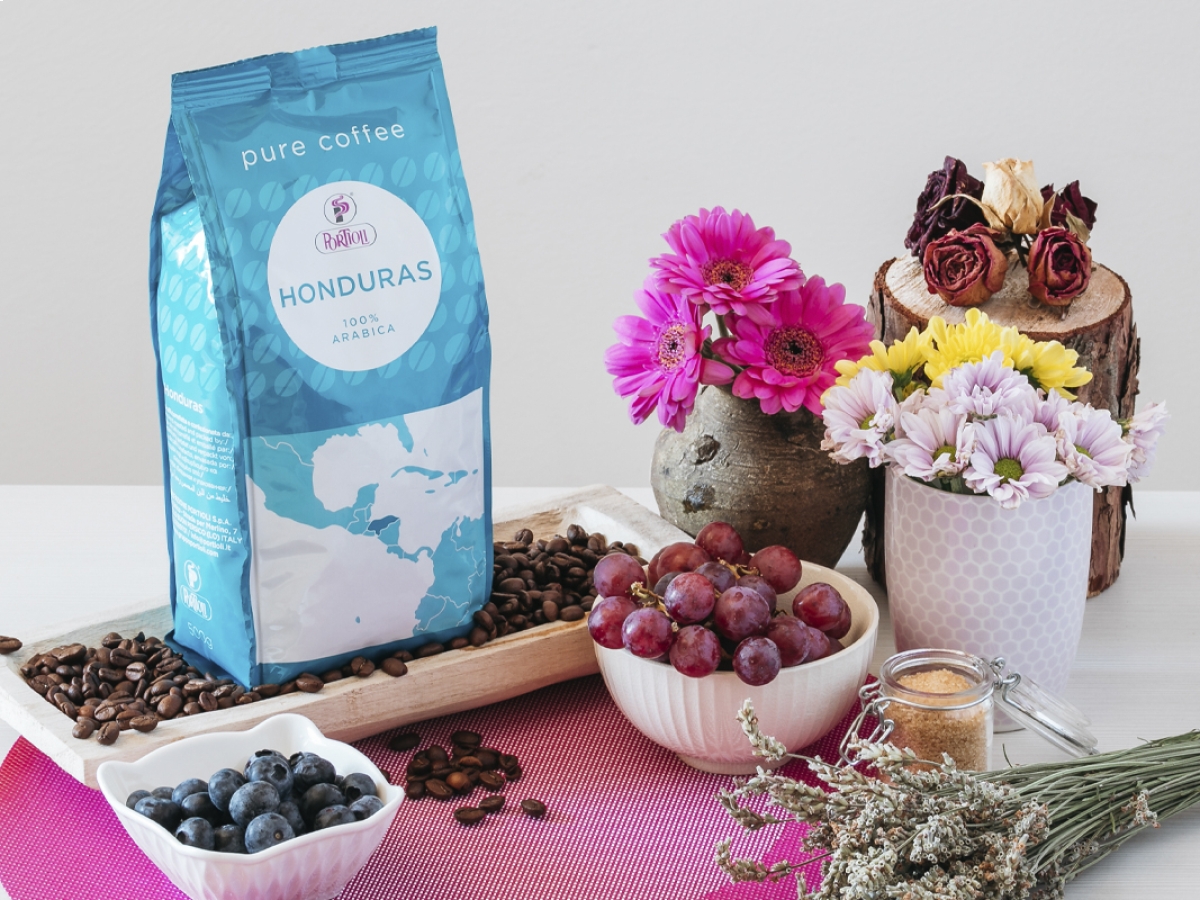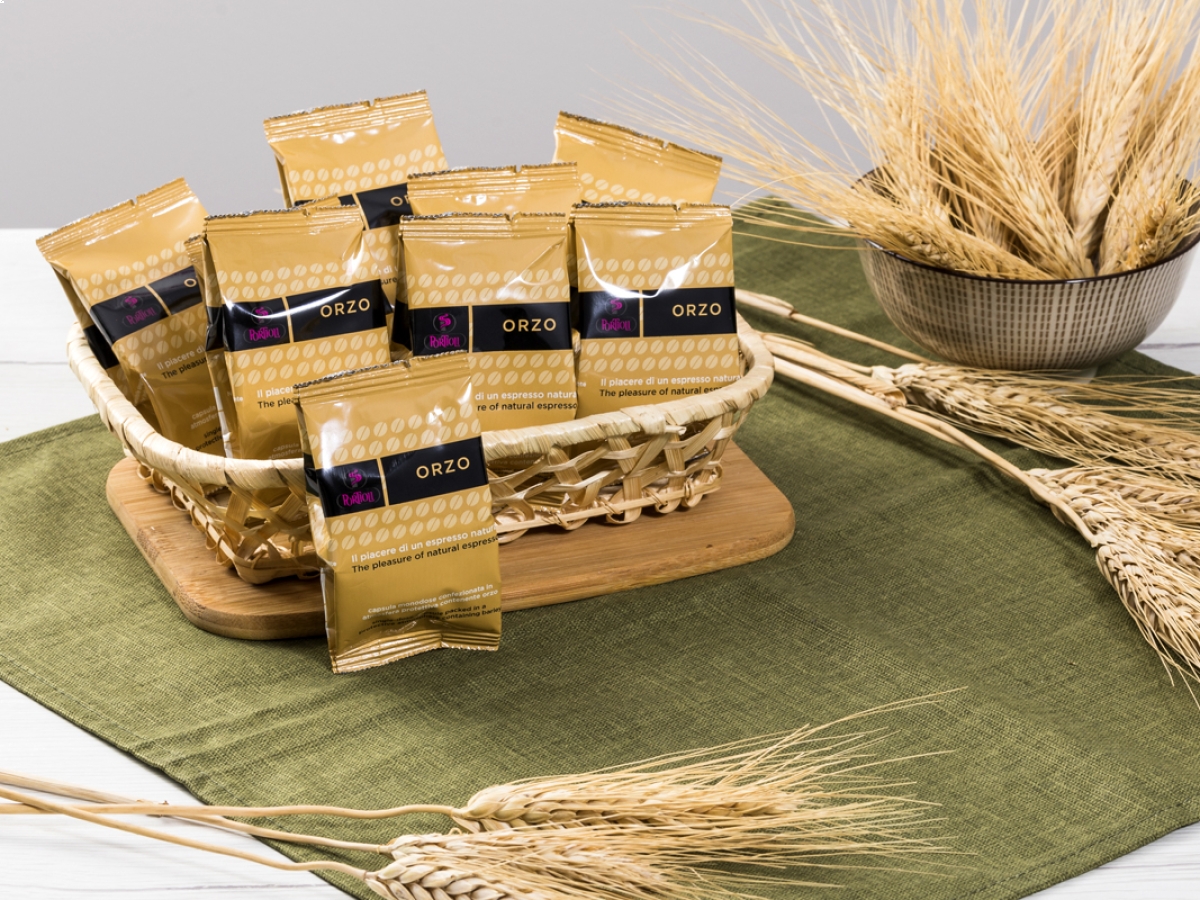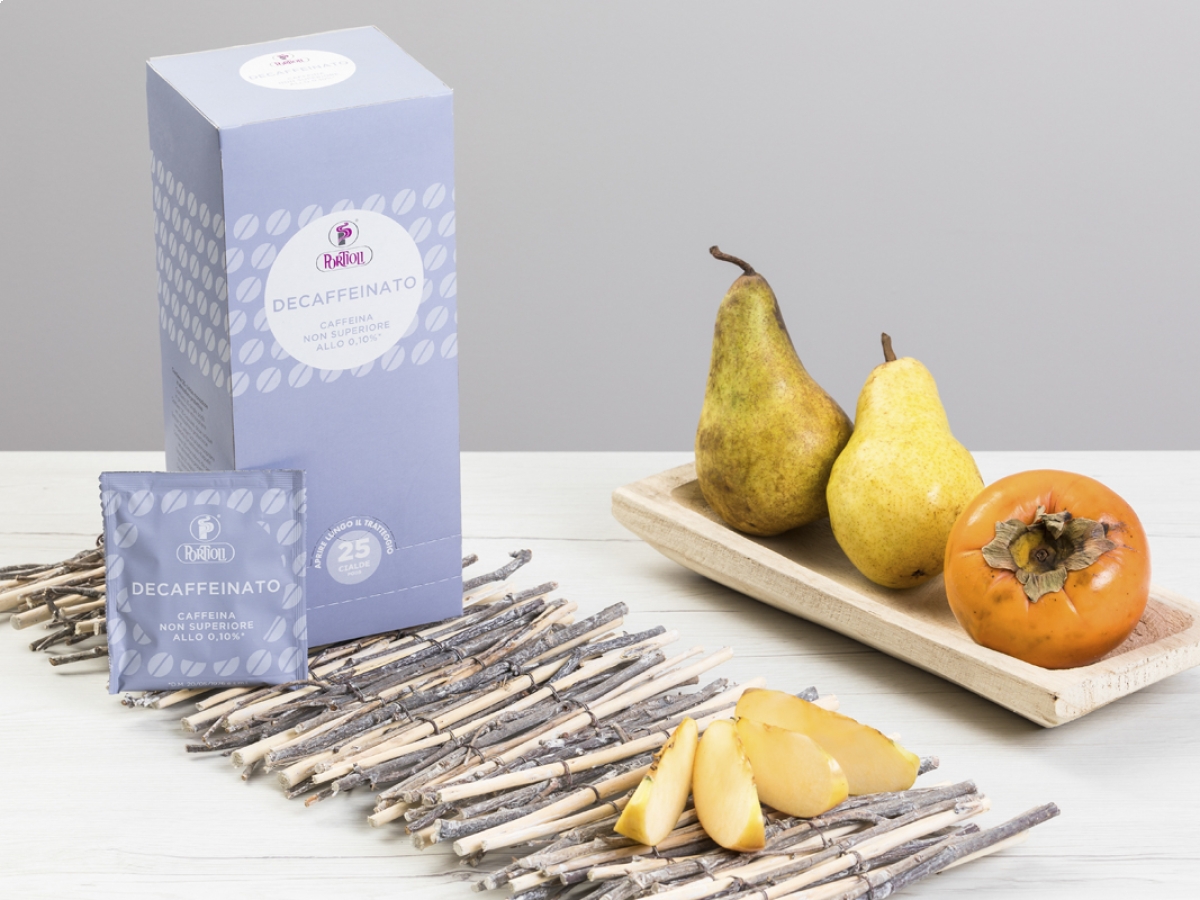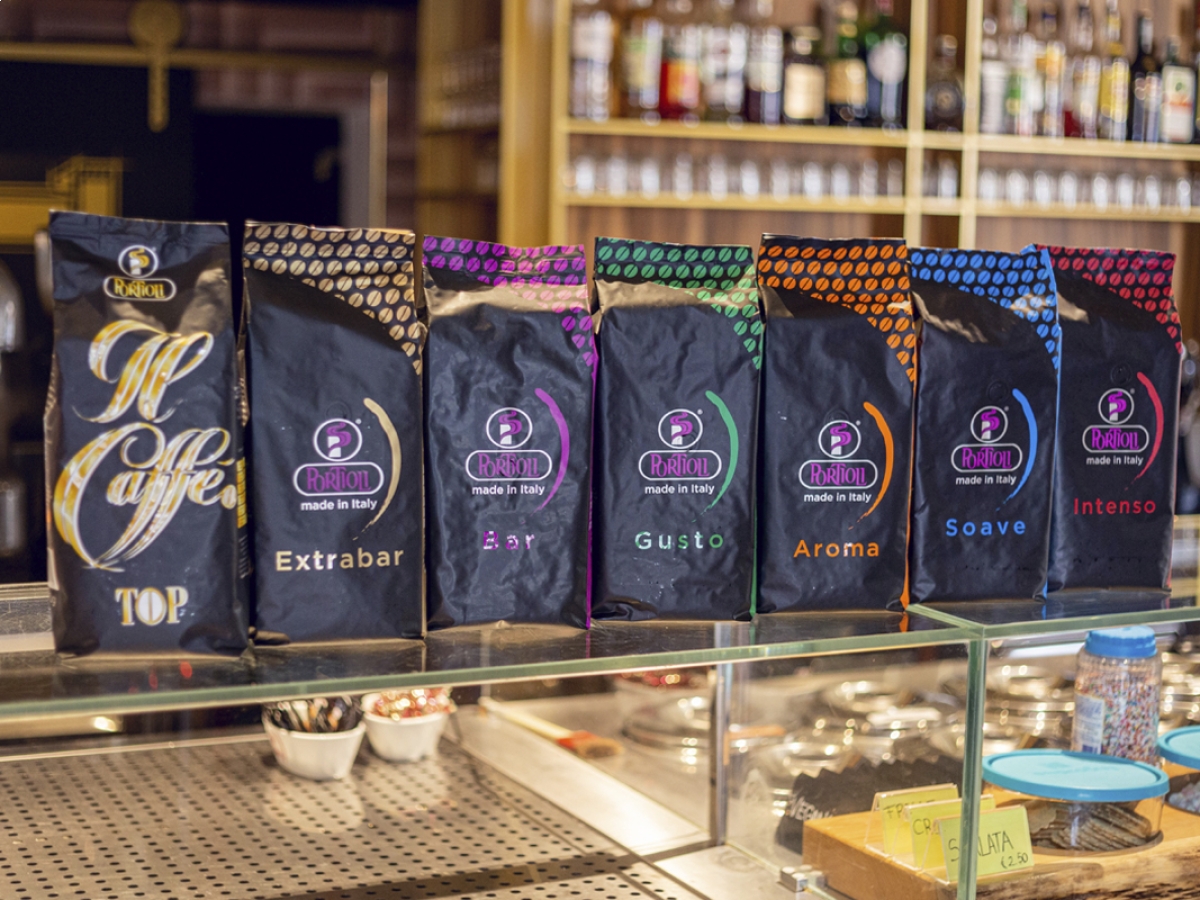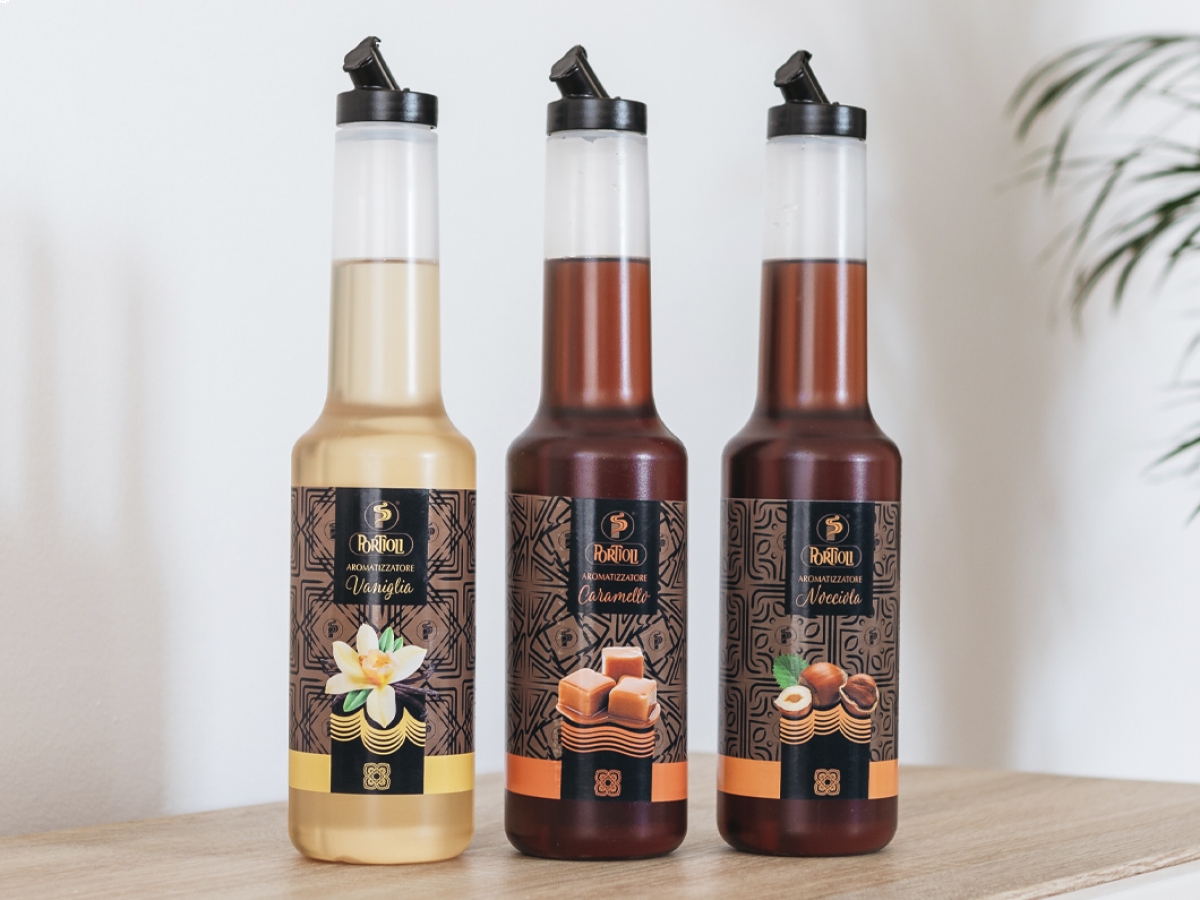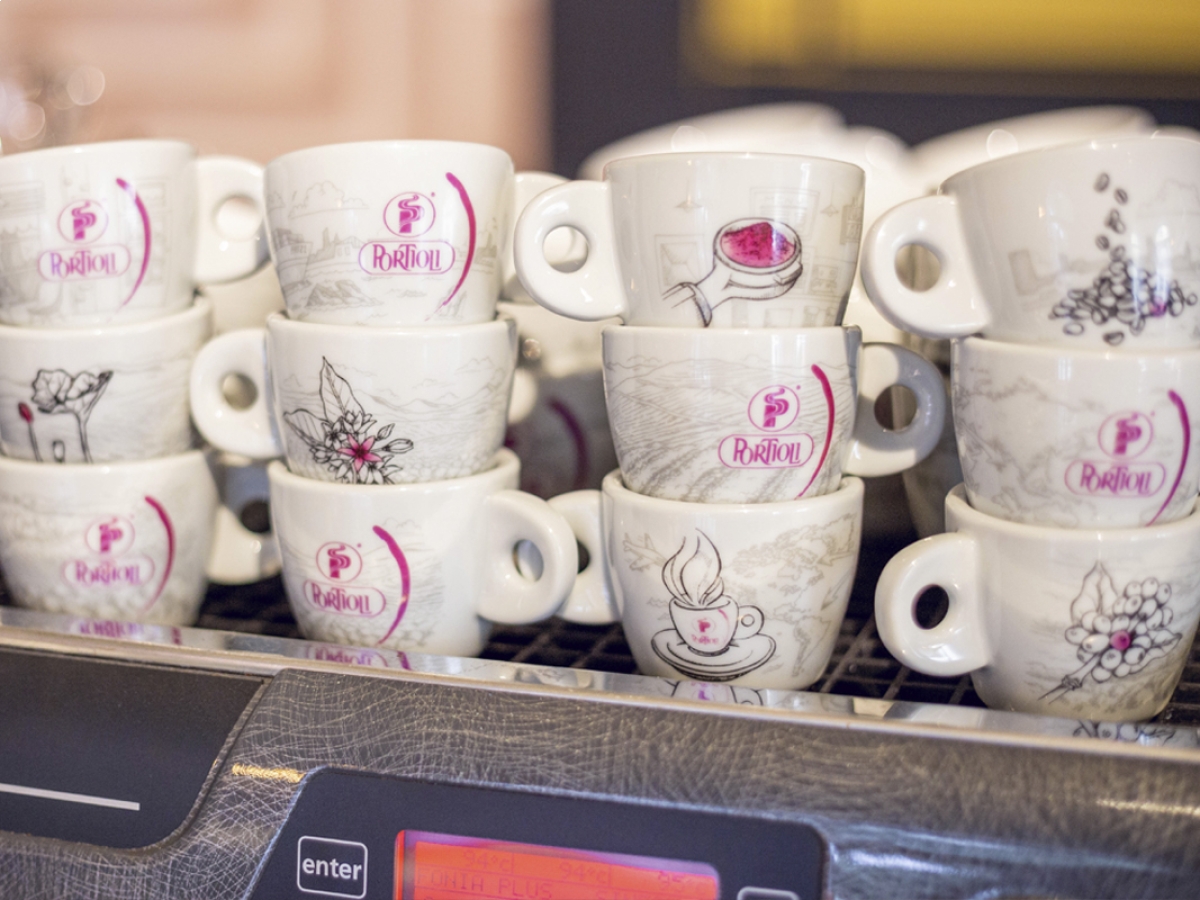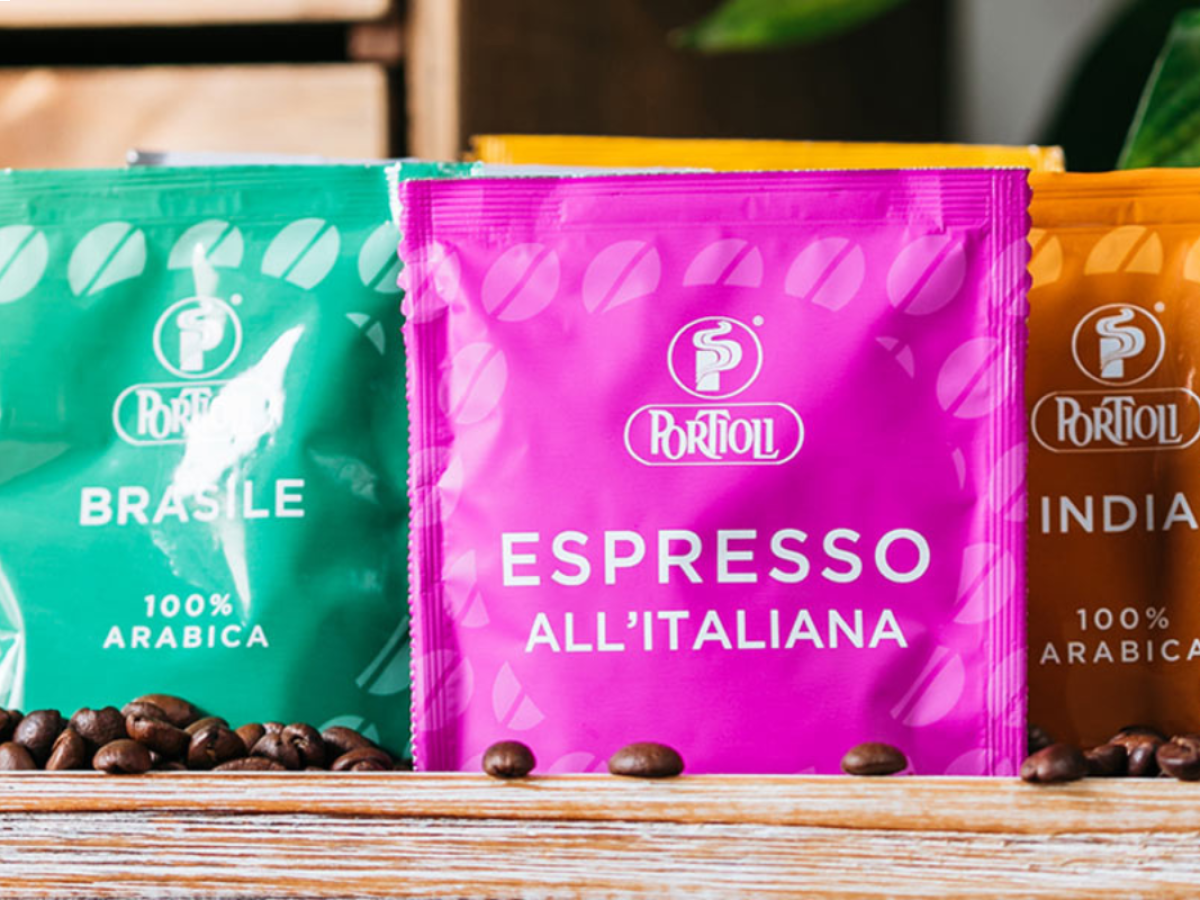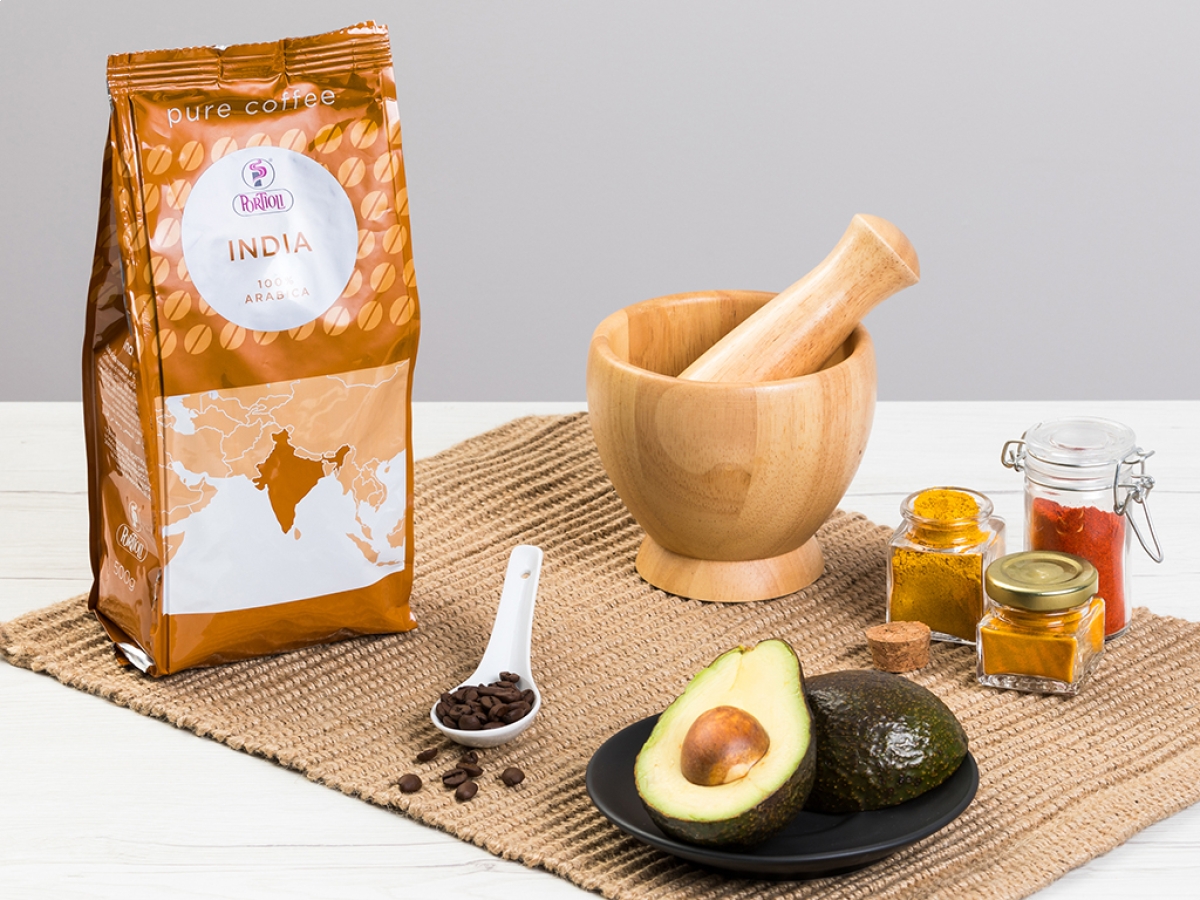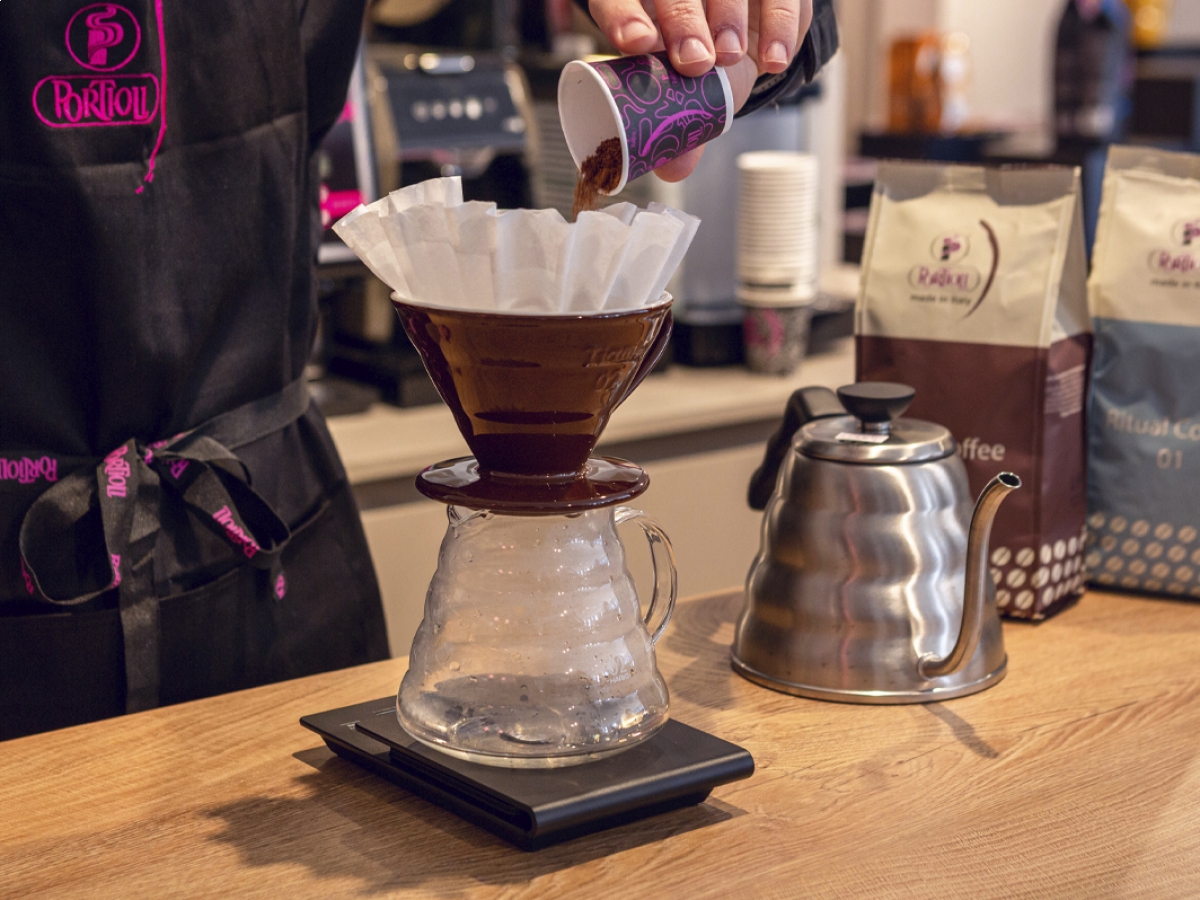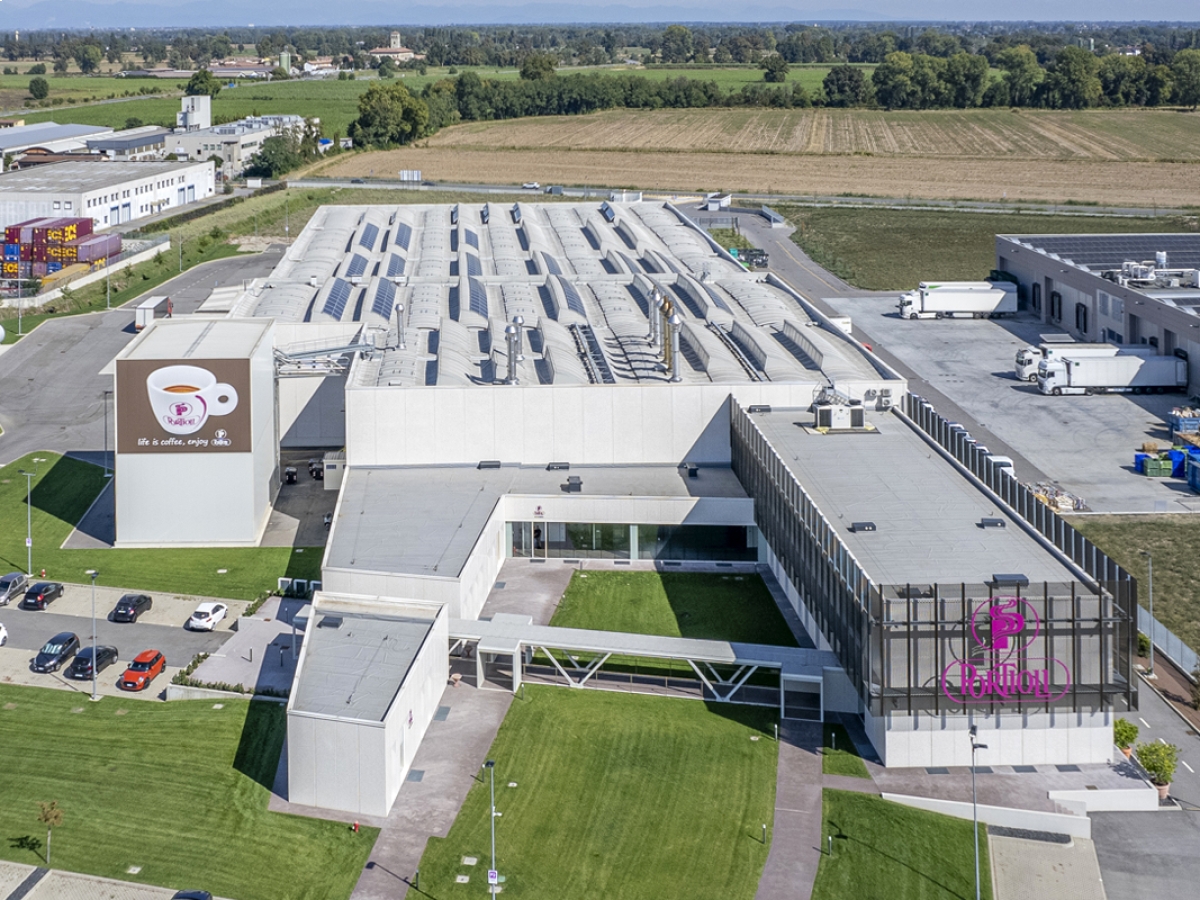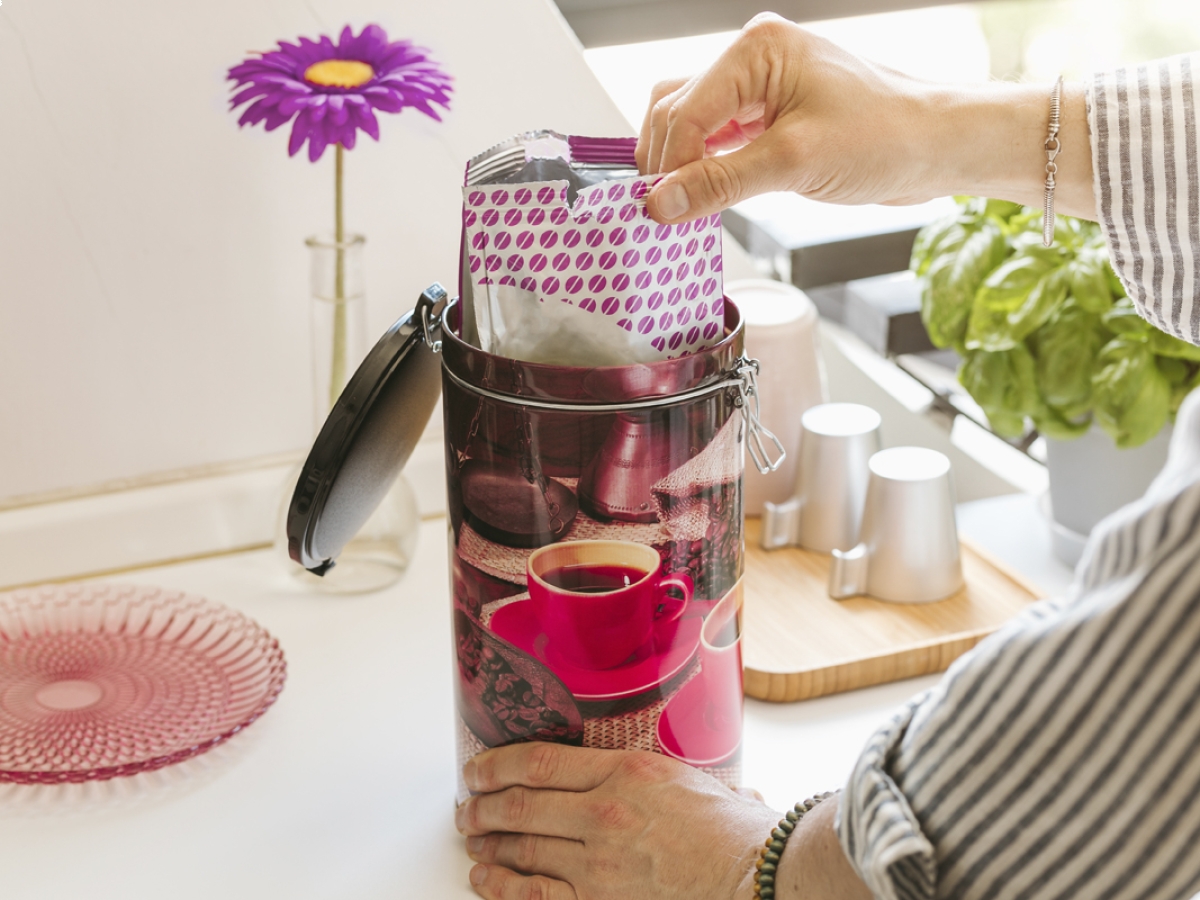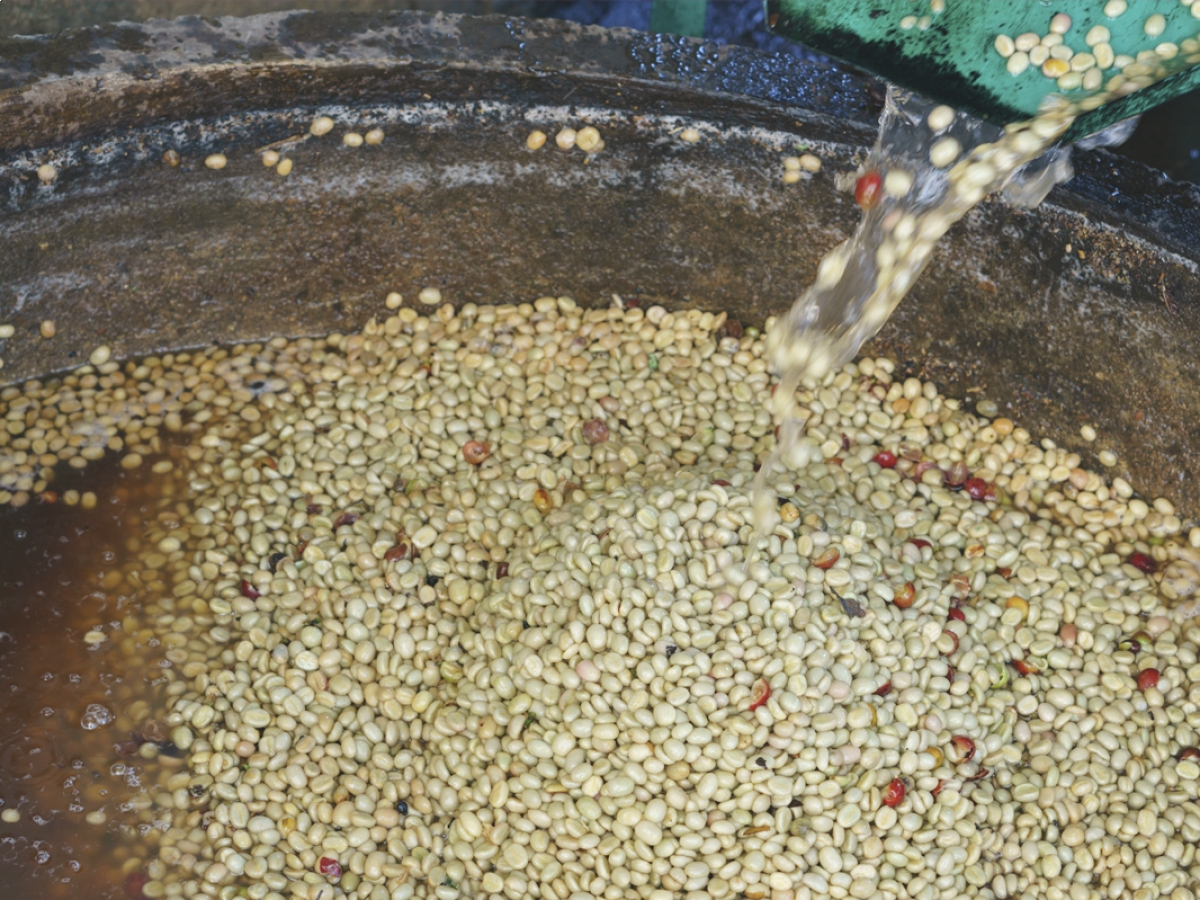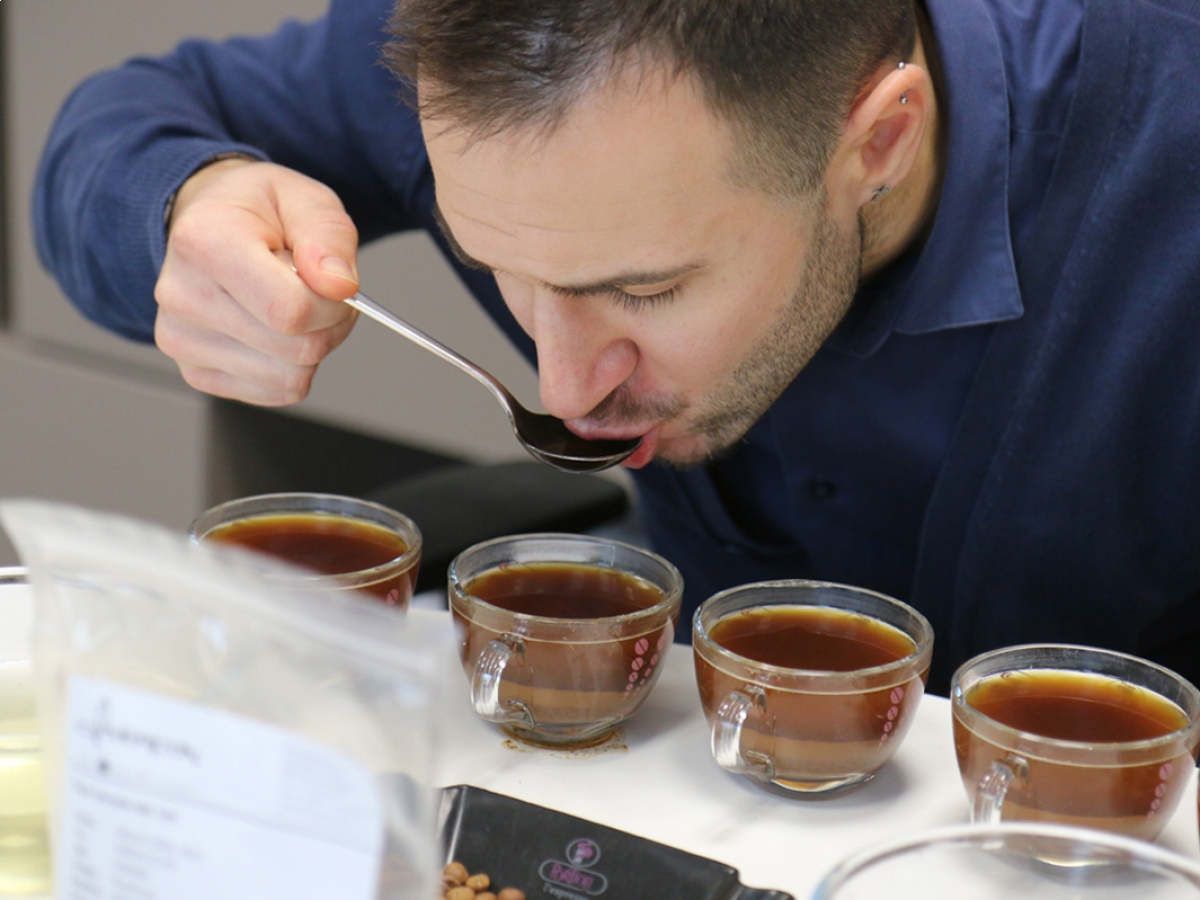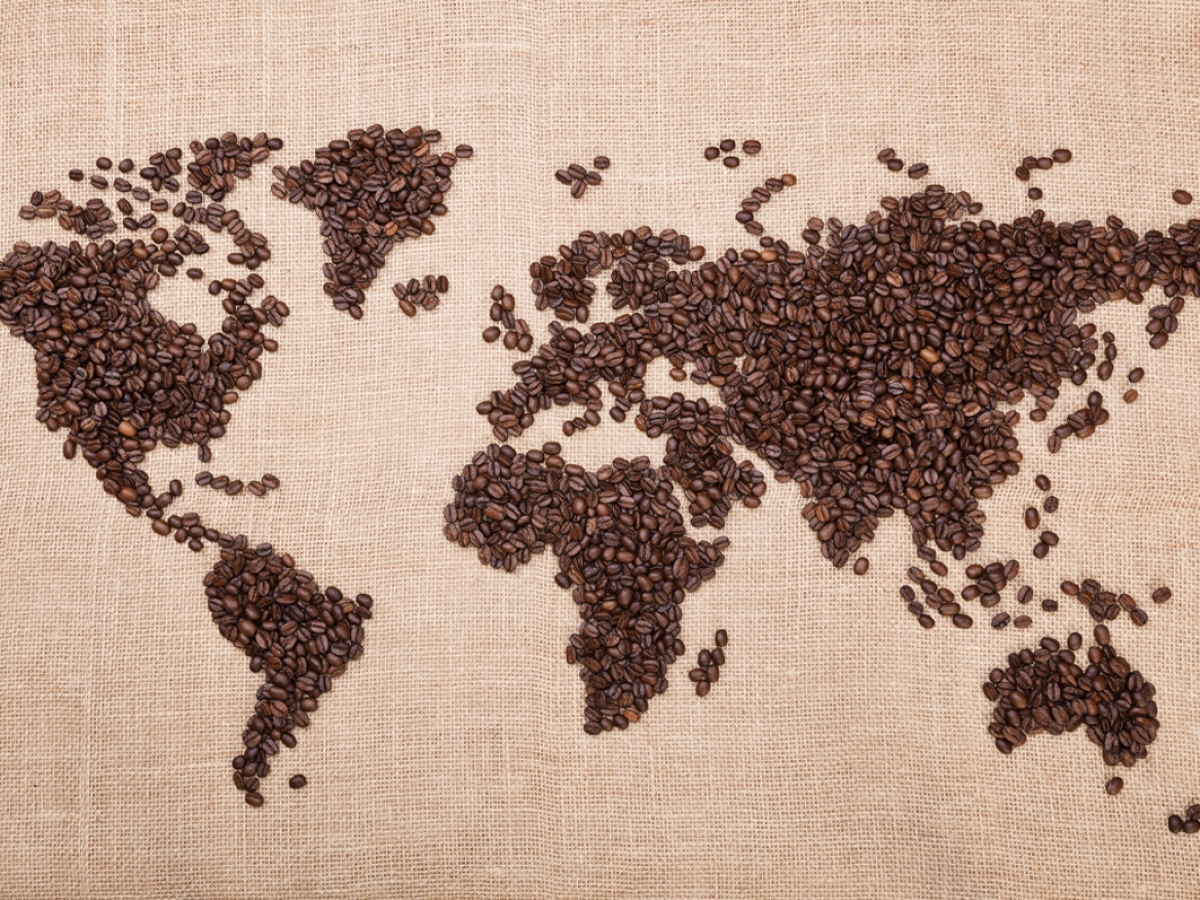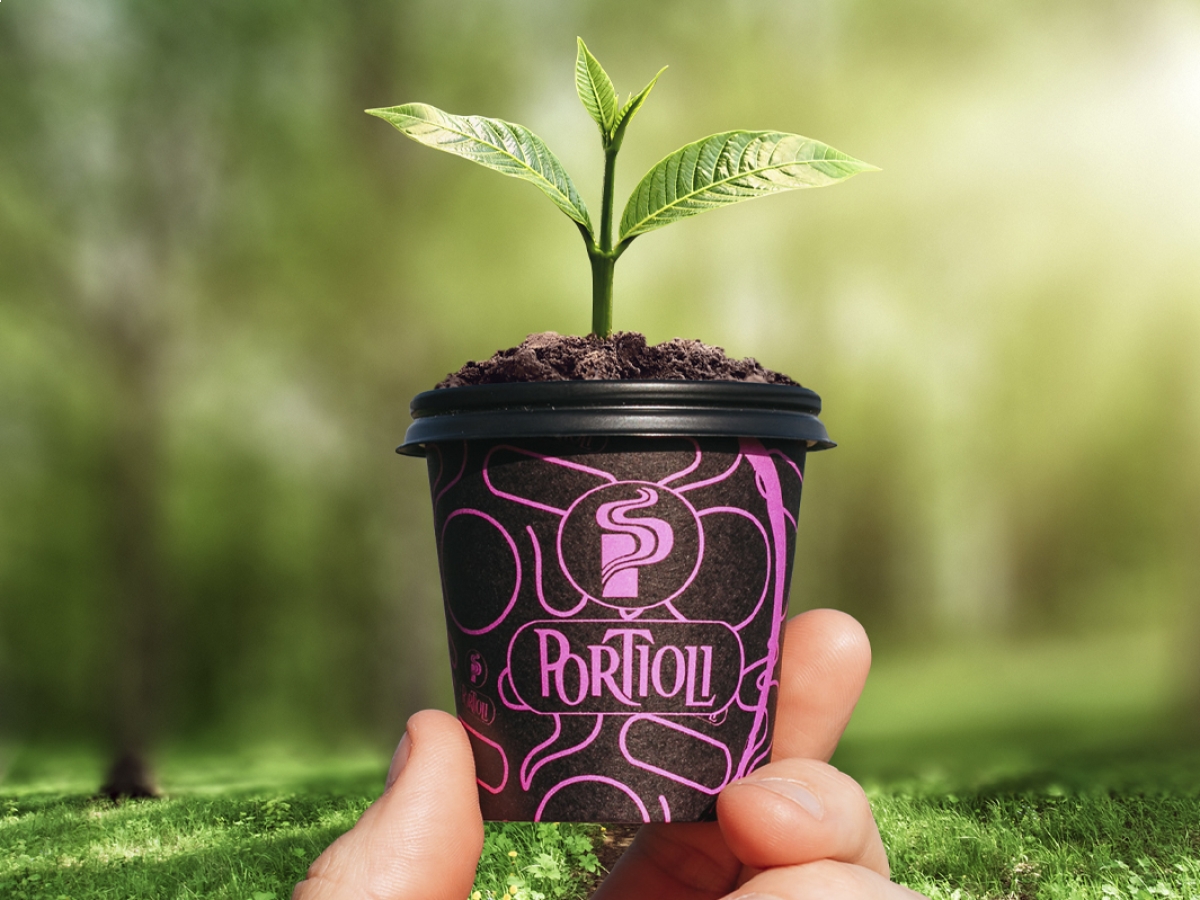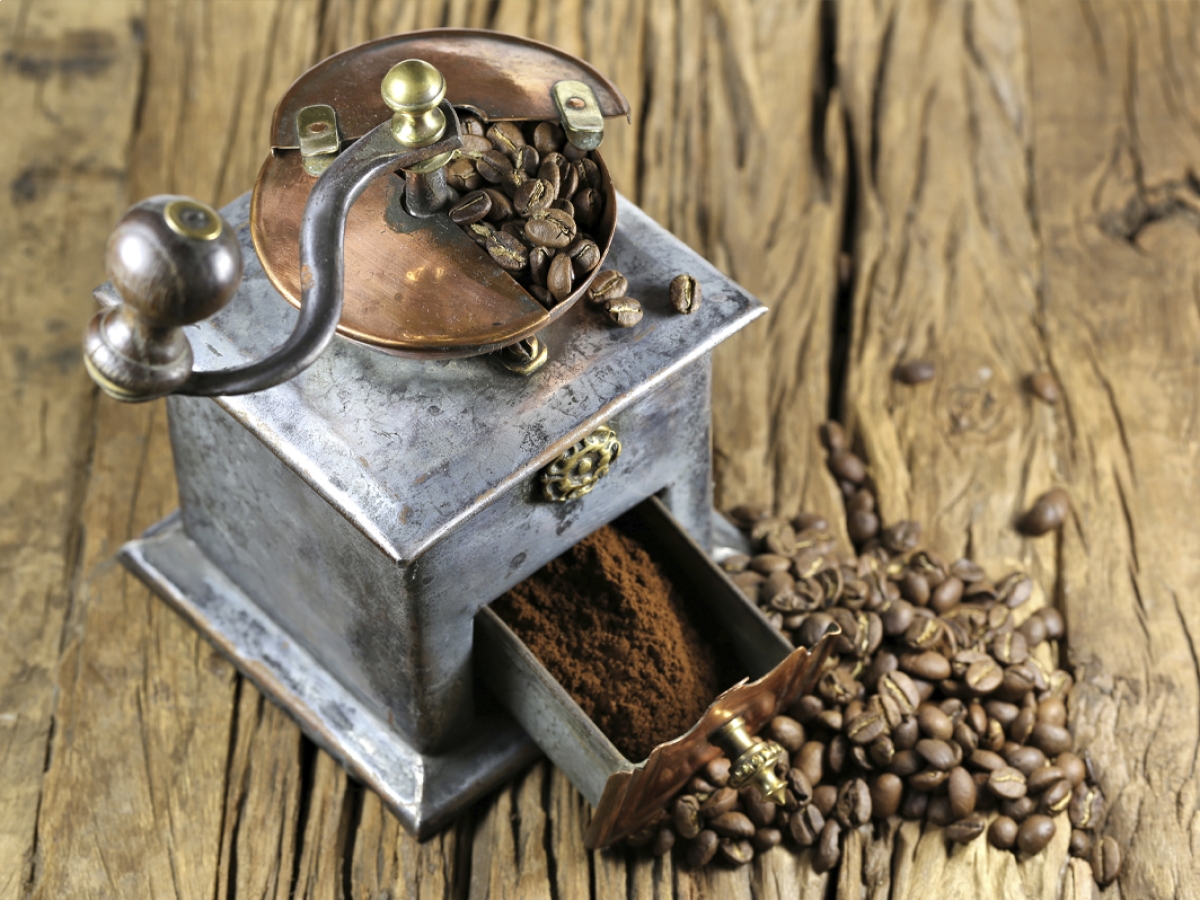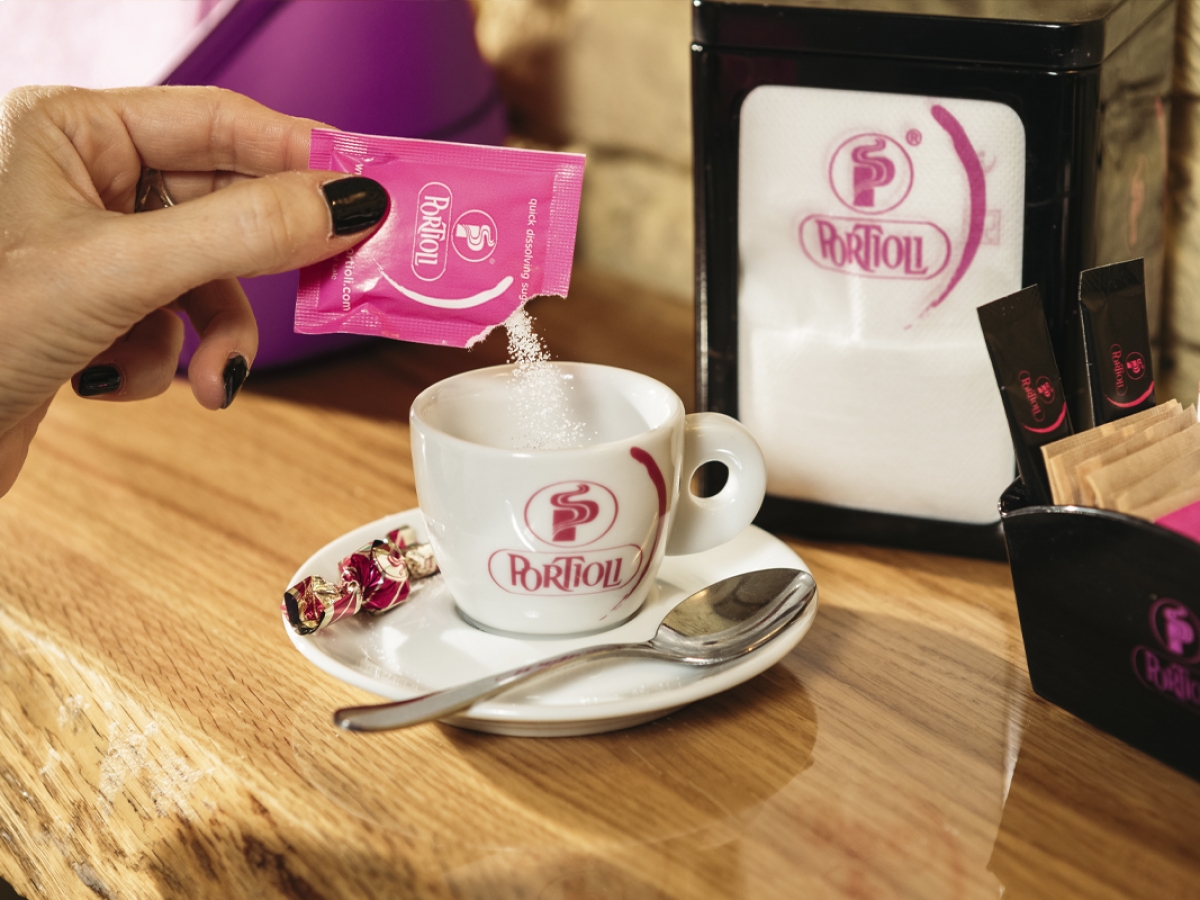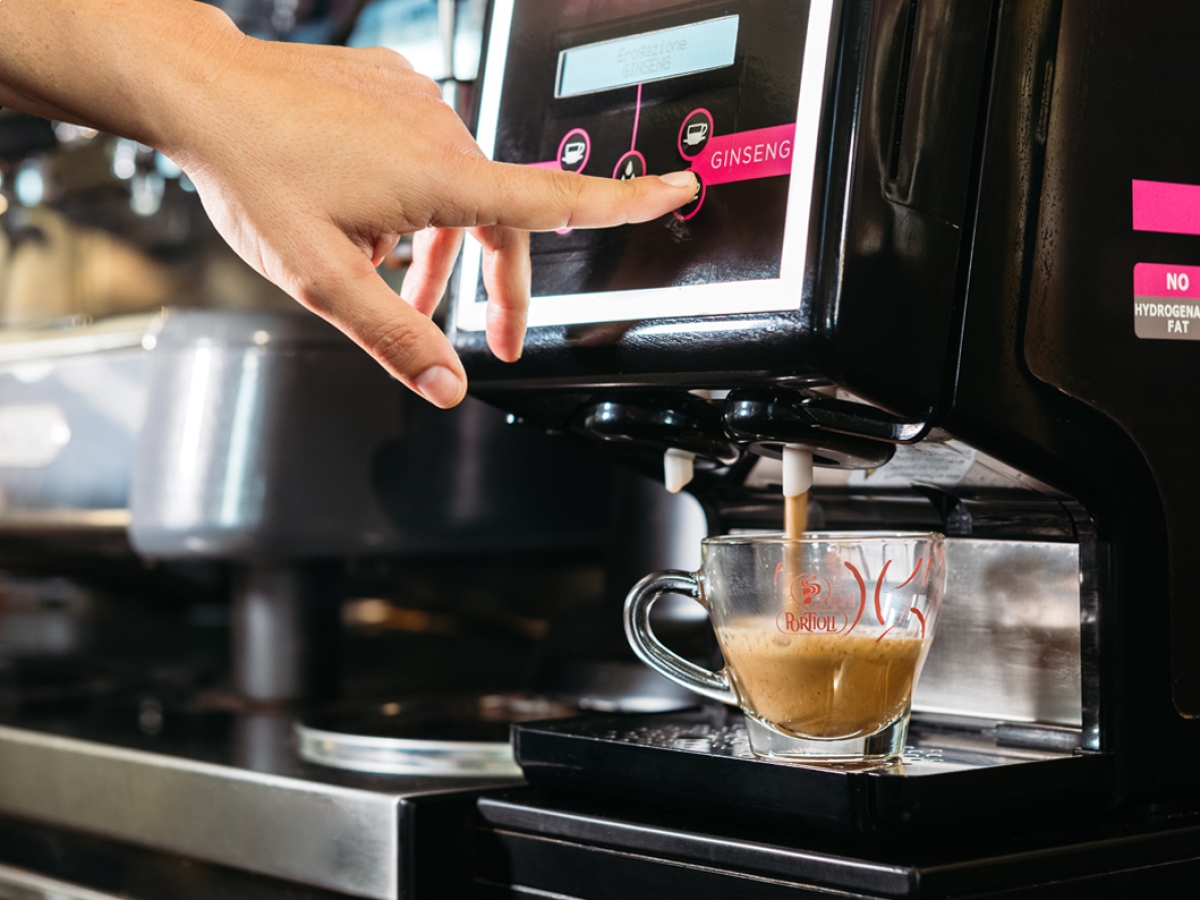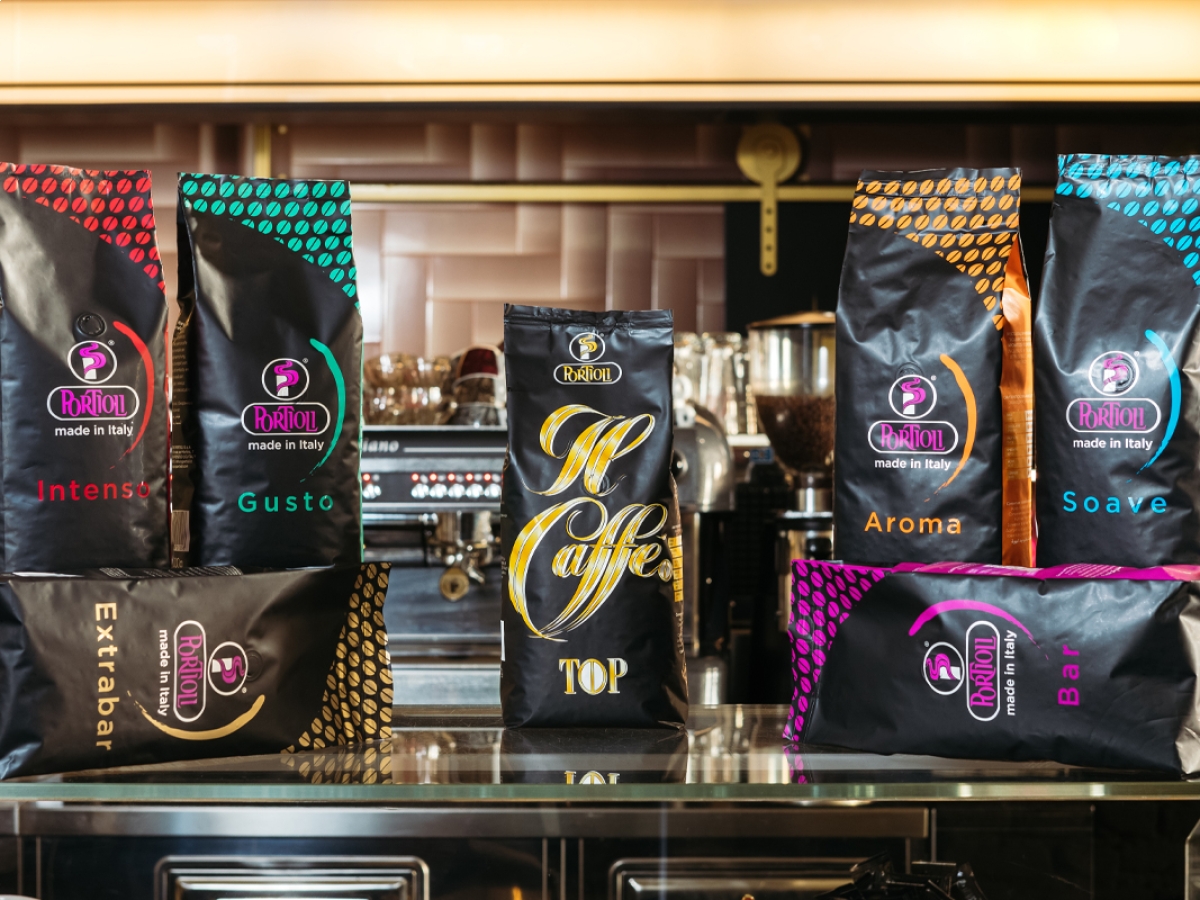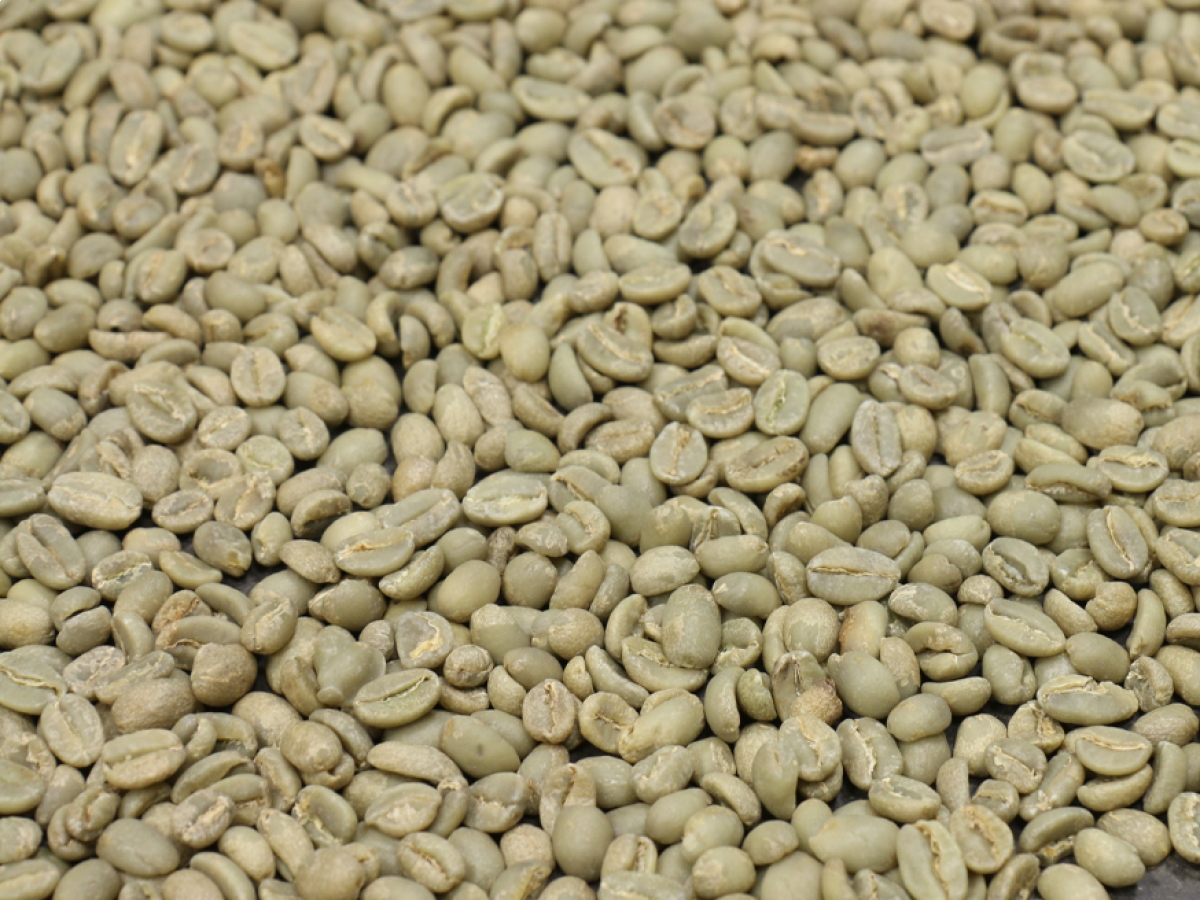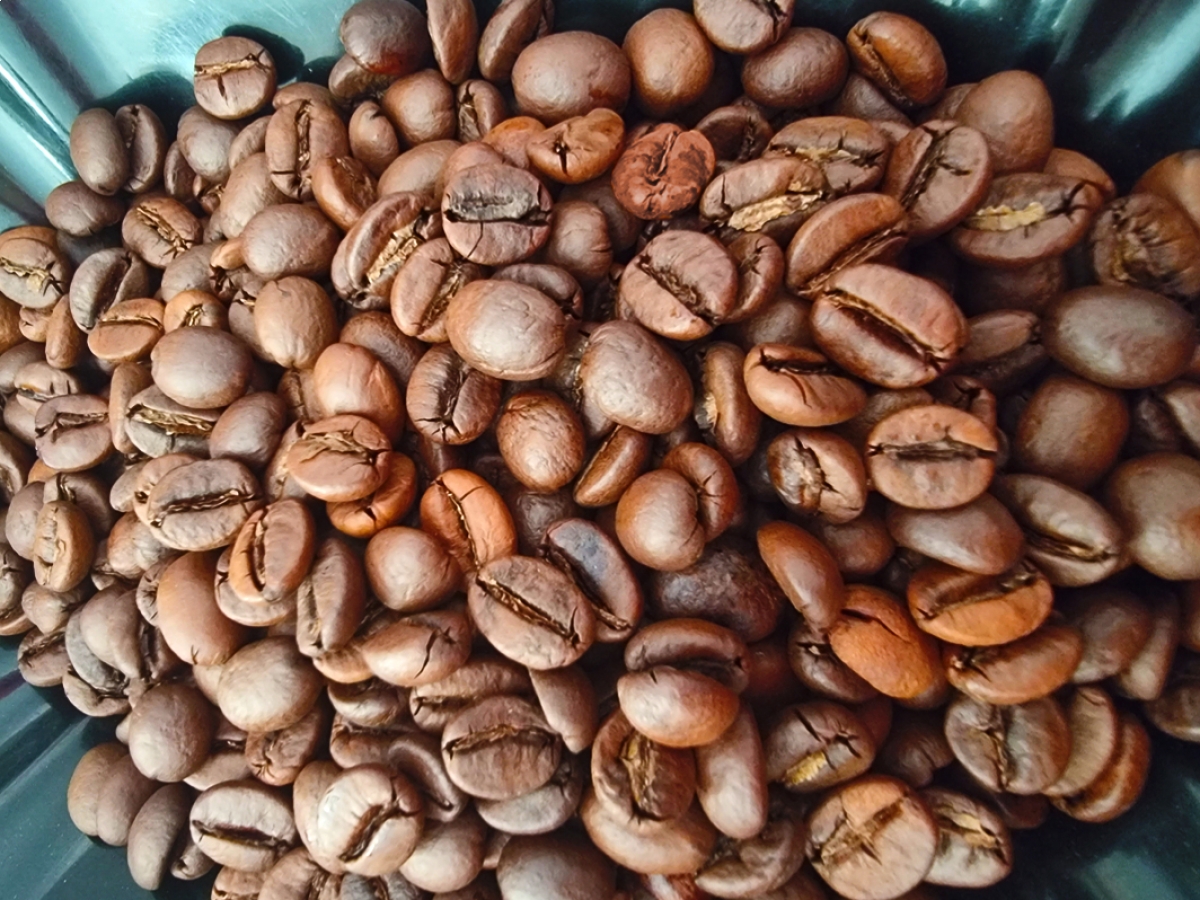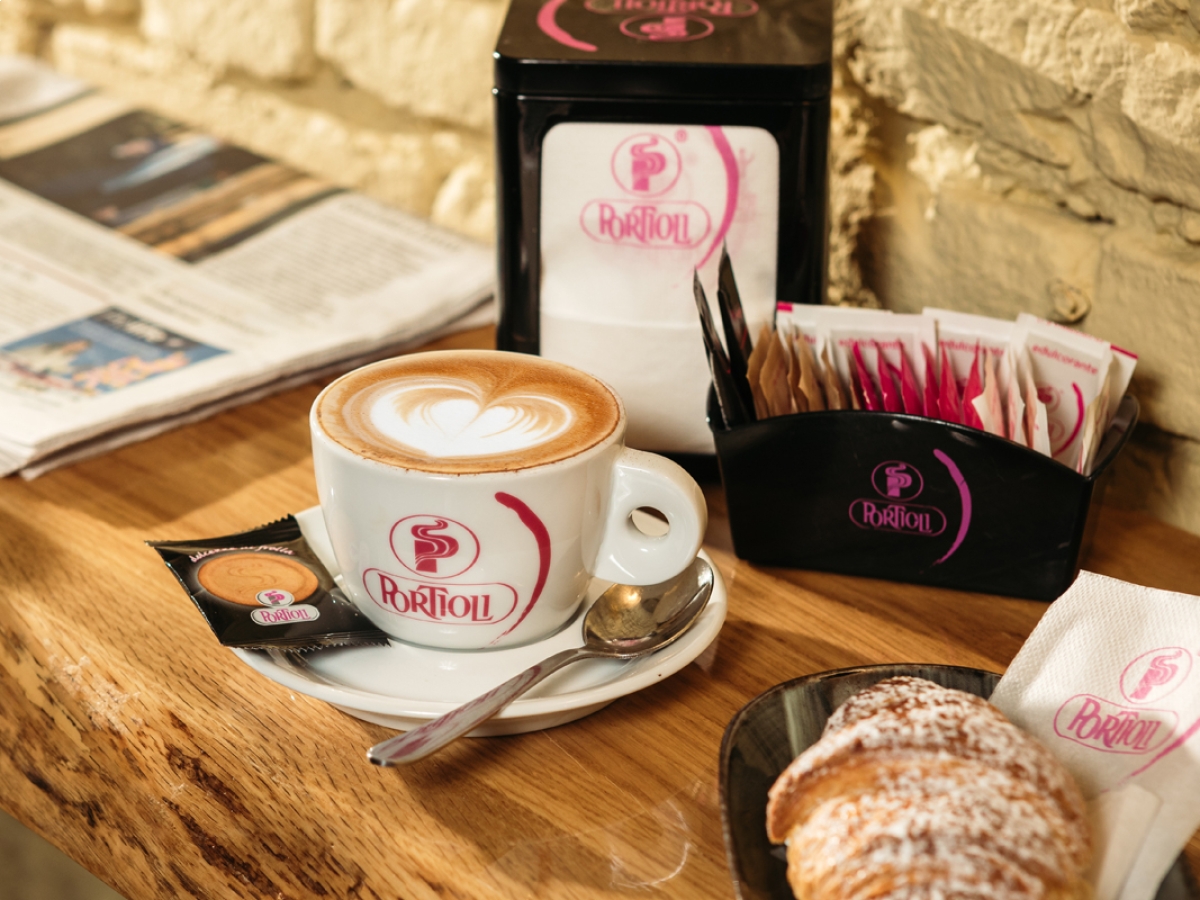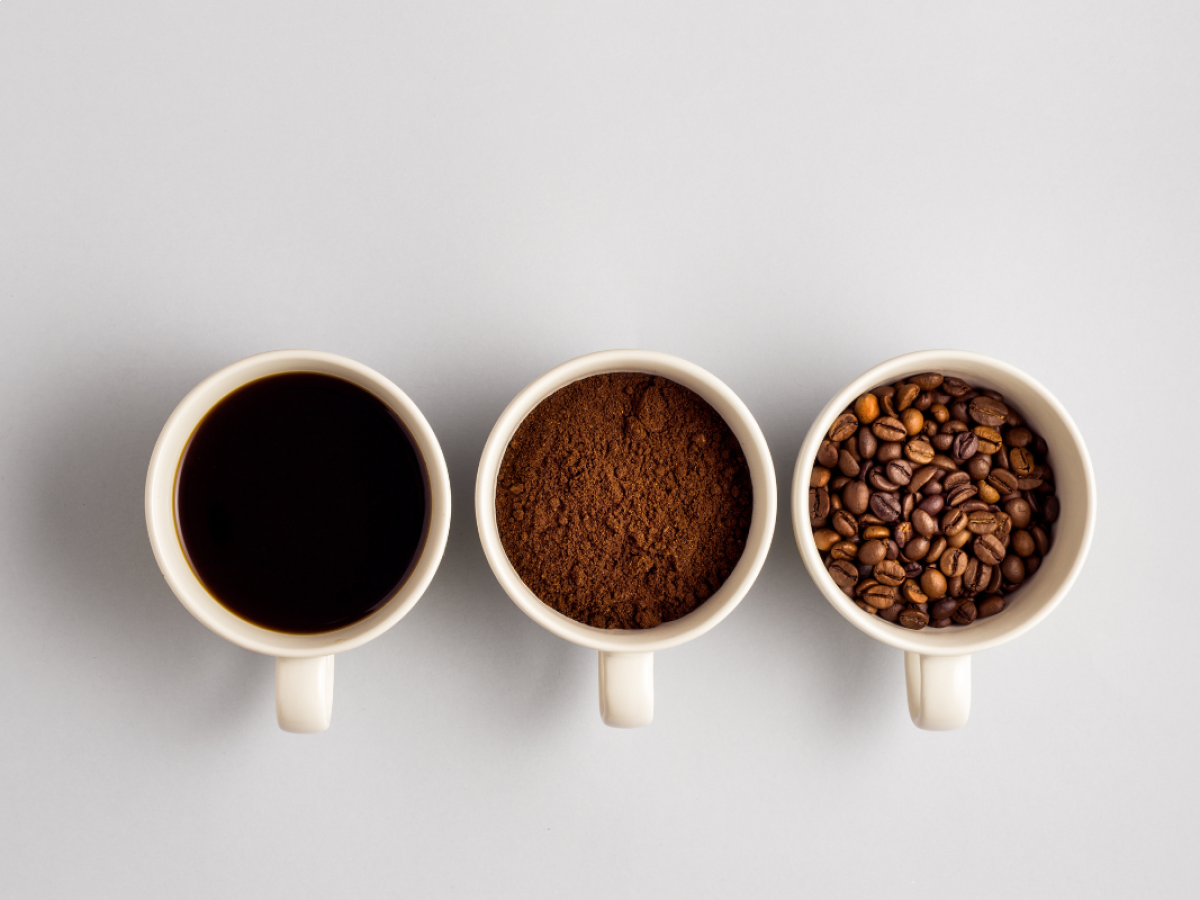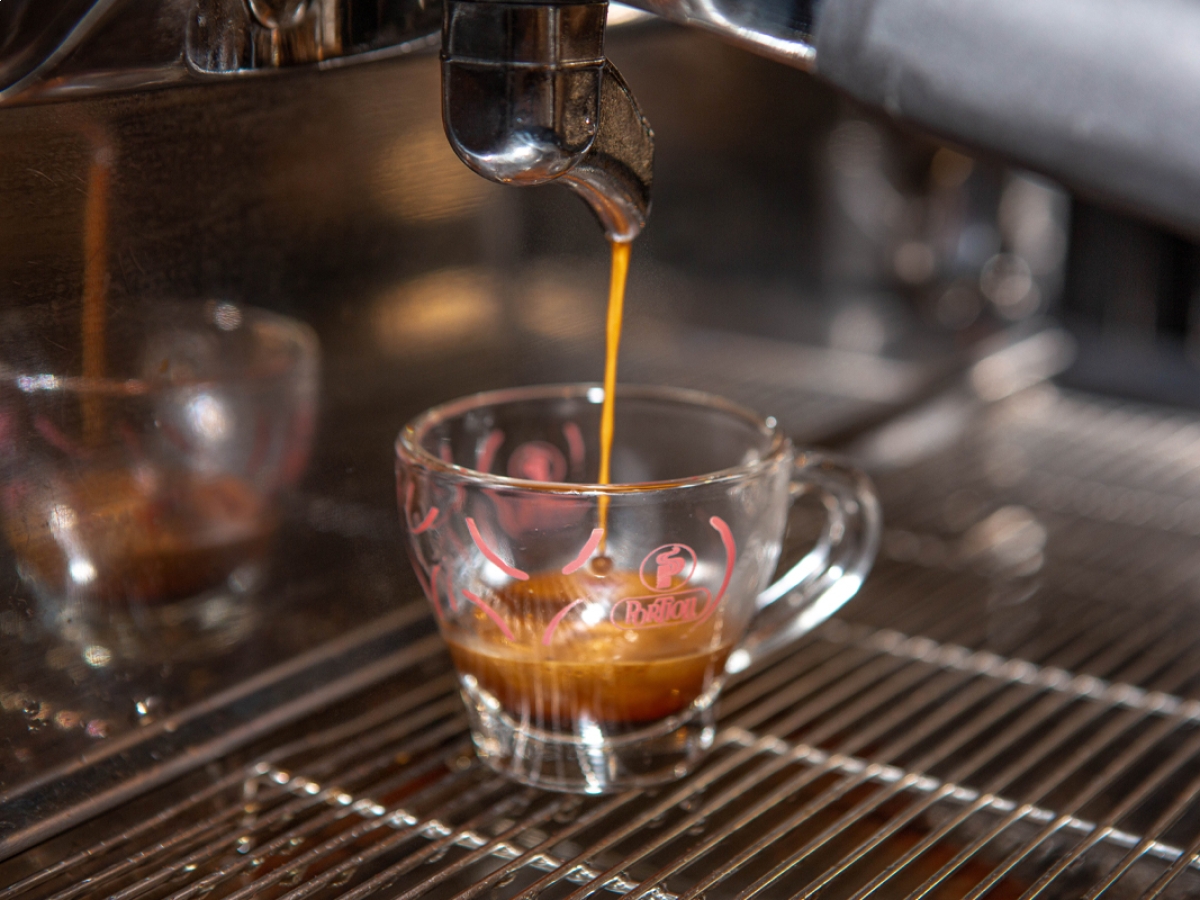
When it comes to coffee, two key elements emerge during tasting: taste and aroma. Although they may seem similar, it is essential to understand that they are two distinct concepts and cannot be considered synonymous.
Taste allows us to evaluate the taste quality of coffee, while aroma completes the sensory experience. In this article, we will explore the subtle differences between these two elements so that we can fully appreciate the complexity and richness of our favourite coffee.
Coffee taste and aroma - Definition
Taste is a sense that allows us to perceive the qualitative characteristics of a substance through its unique flavour. When it comes to coffee, taste allows us to distinguish between sweet, salty, acid, and bitter, as well as perceive more complex nuances such as spiciness or umami. This sense is crucial in determining the beverage's organoleptic properties, helping us recognize variations in origin, roasting, and preparation.
Aroma, on the other hand, is related to the sense of smell and is the odour component that is a key element in our appreciation of foods, beverages, and scents. When we smell coffee, volatile molecules are released and reach our nasal passages, stimulating olfactory receptors. This olfactory sensation contributes significantly to the overall perception of coffee taste.
How does smell contribute to tasting
The sense of smell plays a crucial role in the coffee tasting process. Our taste buds can detect only the basic flavours such as sweet, salty, sour and bitter. However, through the sense of smell, we can identify a wide range of aromas, which can vary depending on the variety of coffee, the soil in which it is grown, and the roasting process.
The olfactory receptors in the nose can distinguish up to thousands of different smells, which makes the aroma of coffee incredibly varied and fascinating. This is why, when we taste coffee, we often smell the cup first, to capture the complexity of the aromas present.
Synergies between taste and aroma
Taste and aroma of coffee interact synergistically during tasting, creating a complete sensory experience. When we taste coffee, the combination of taste and aroma gives us a complex and satisfying perception. The roma gives us clues about the quality of the coffee and allows us to anticipate the flavours we will perceive as we drink the beverage.
On the other hand, the taste of coffee can influence our perception of aroma. For example, a coffee with a darker roast might taste more intense and bitter, which might be associated with a more robust and smoky aroma. On the other hand, a coffee with a lighter roast might offer a milder and more acidic taste, with a fruity and floral aroma.
The difference between taste and aroma of coffee is critical to a true and satisfying tasting experience. Taste allows us to evaluate the organoleptic properties of coffee, while aroma completes our sensory perception, giving us a unique olfactory journey. The synergy between these two elements makes coffee tasting a refined and fascinating experience, enriched by the complexity of its nuances. Next time you drink your favourite coffee, take a moment to appreciate both its unique taste and its enveloping aroma, and be captivated by the magic of this extraordinary beverage.
Related articles
Portioli Express
Home and office shopping
Experience authentic Italian espresso right at home with our premium blends in a variety of formats.
Go to the shop










